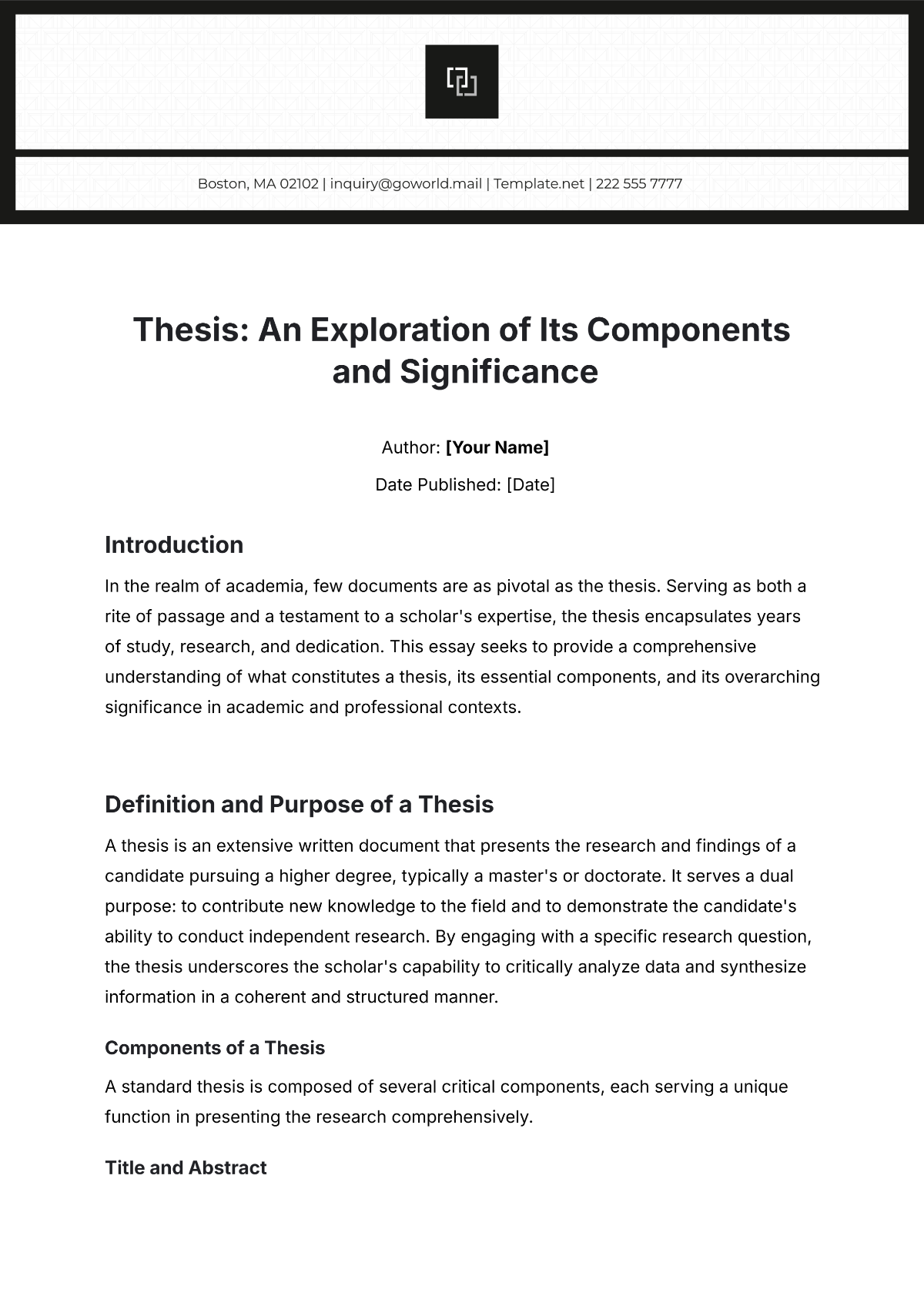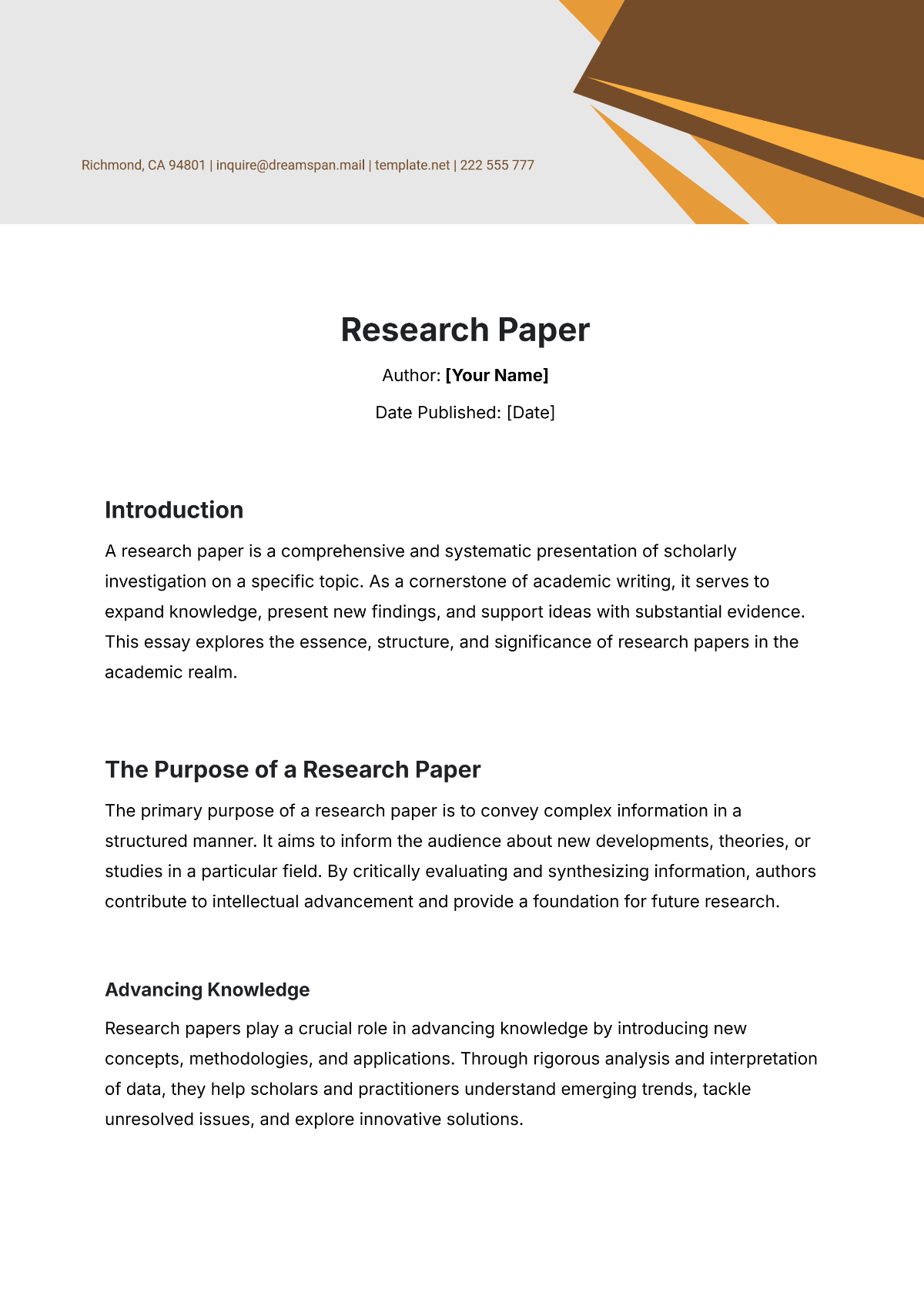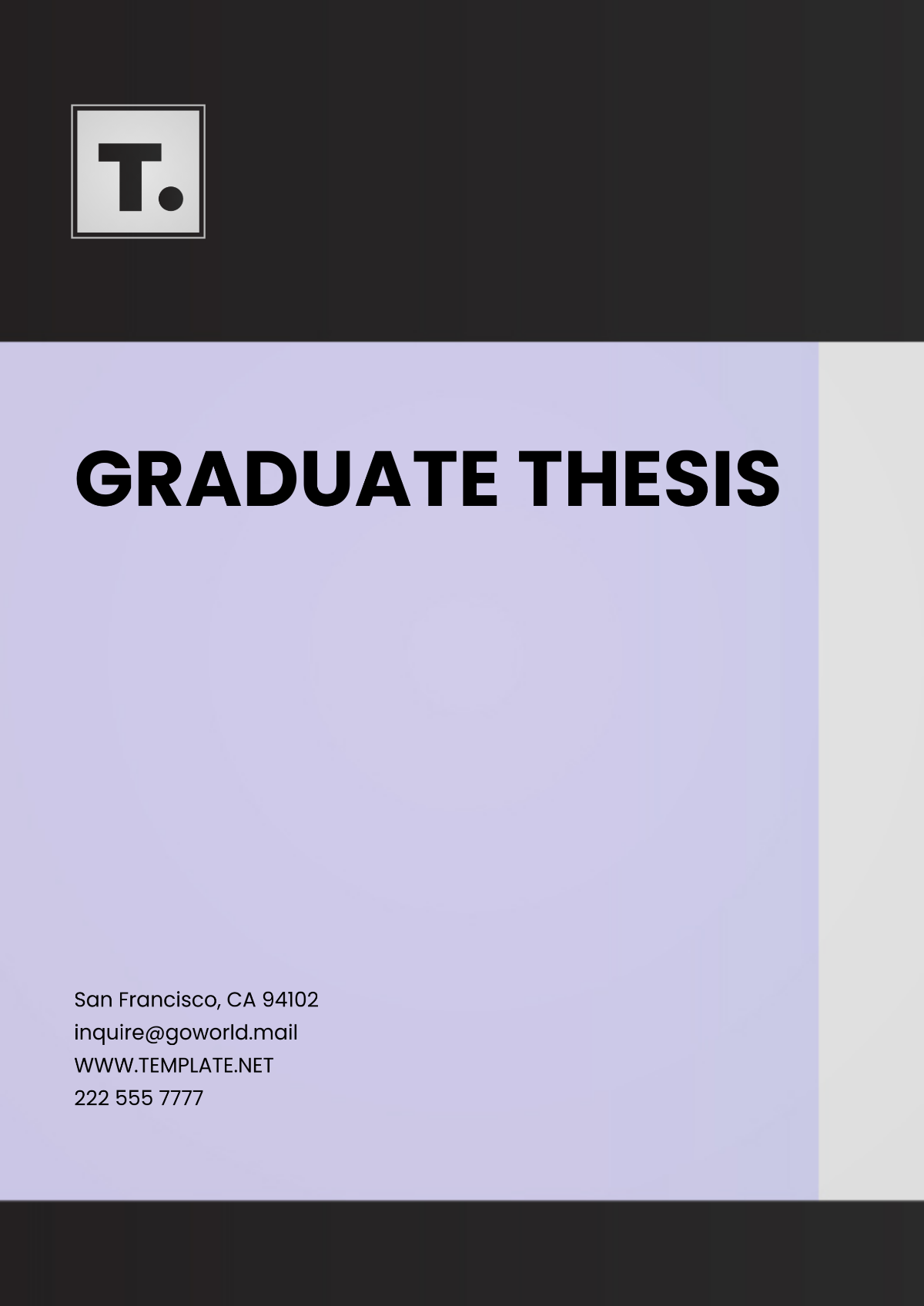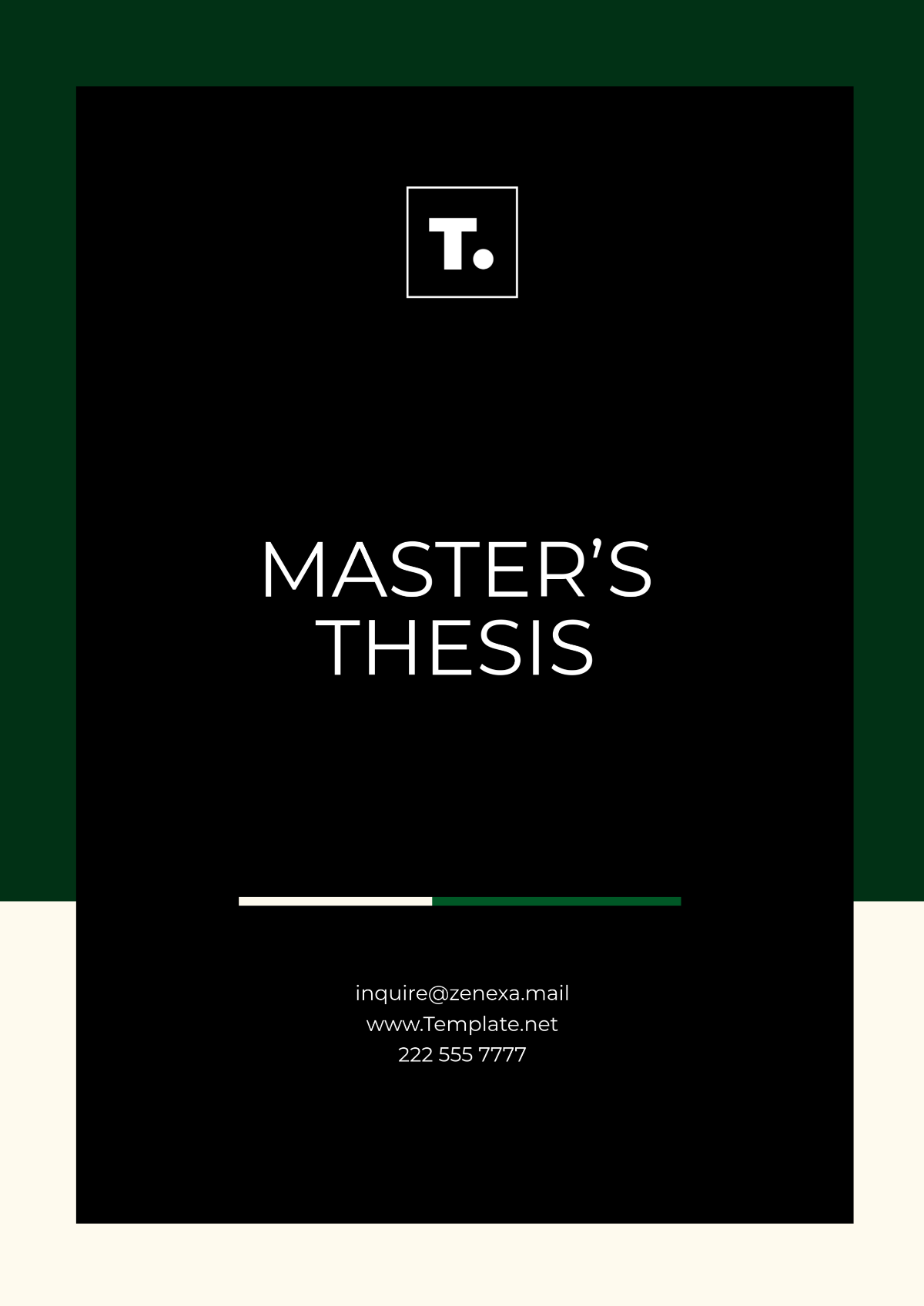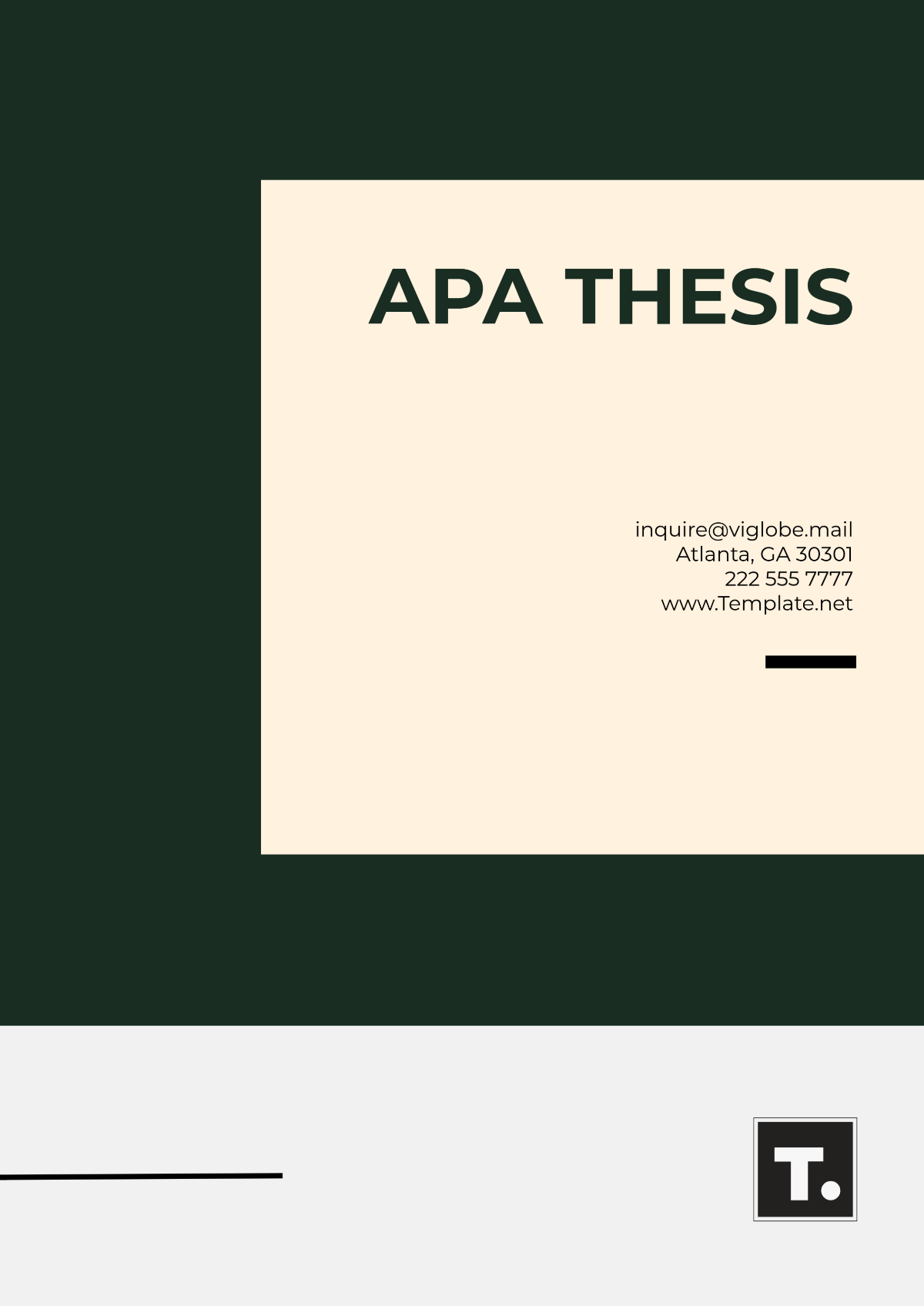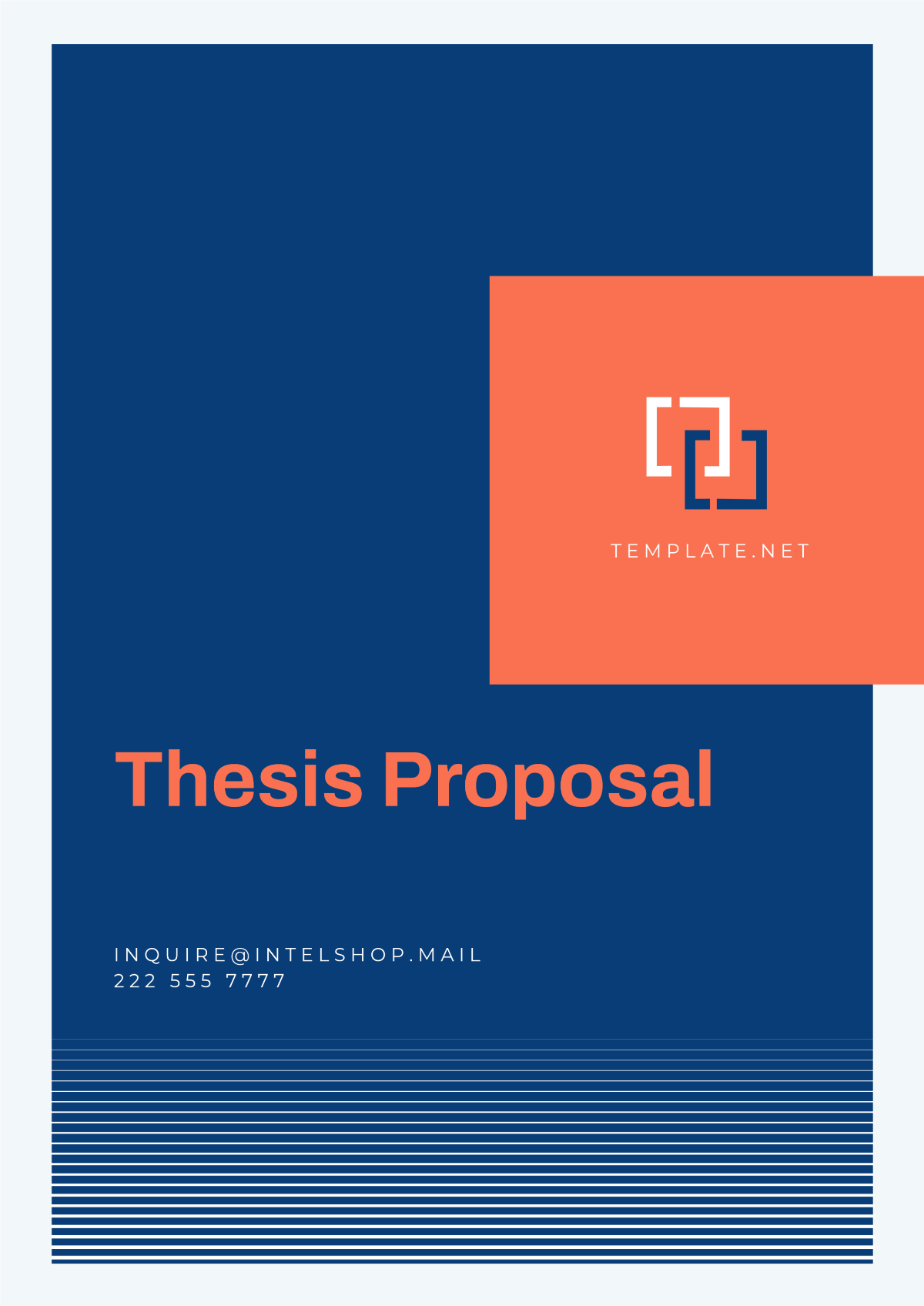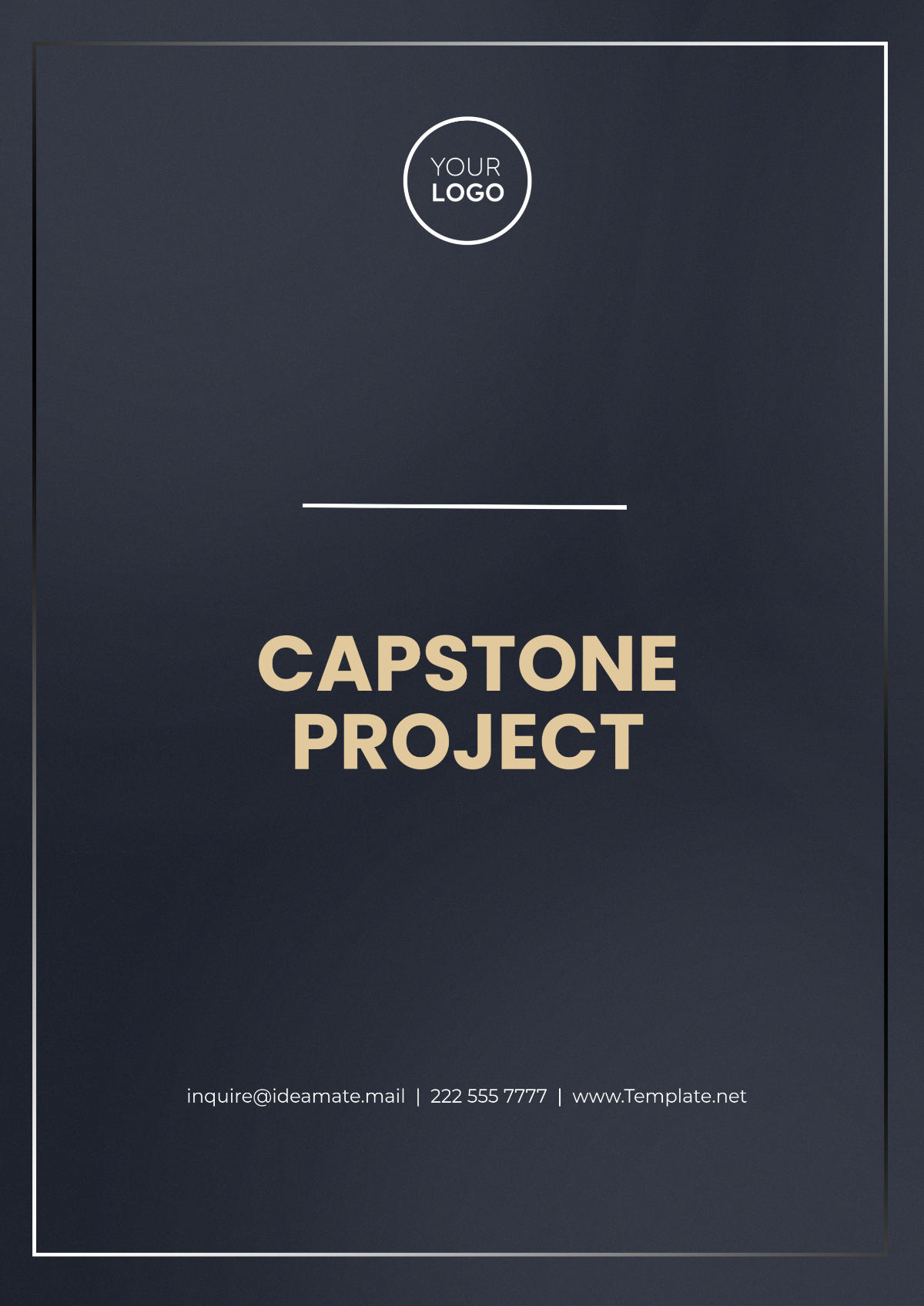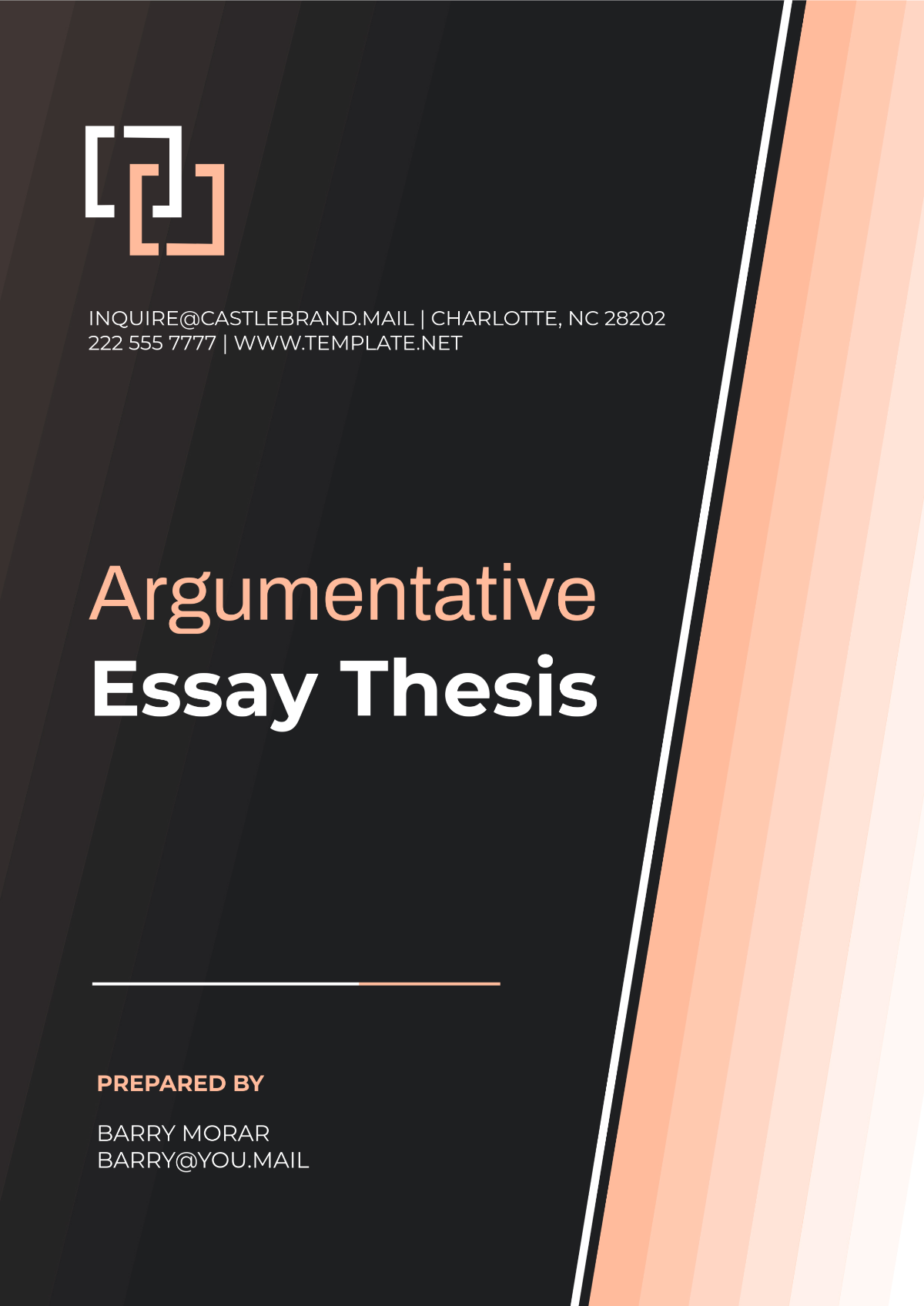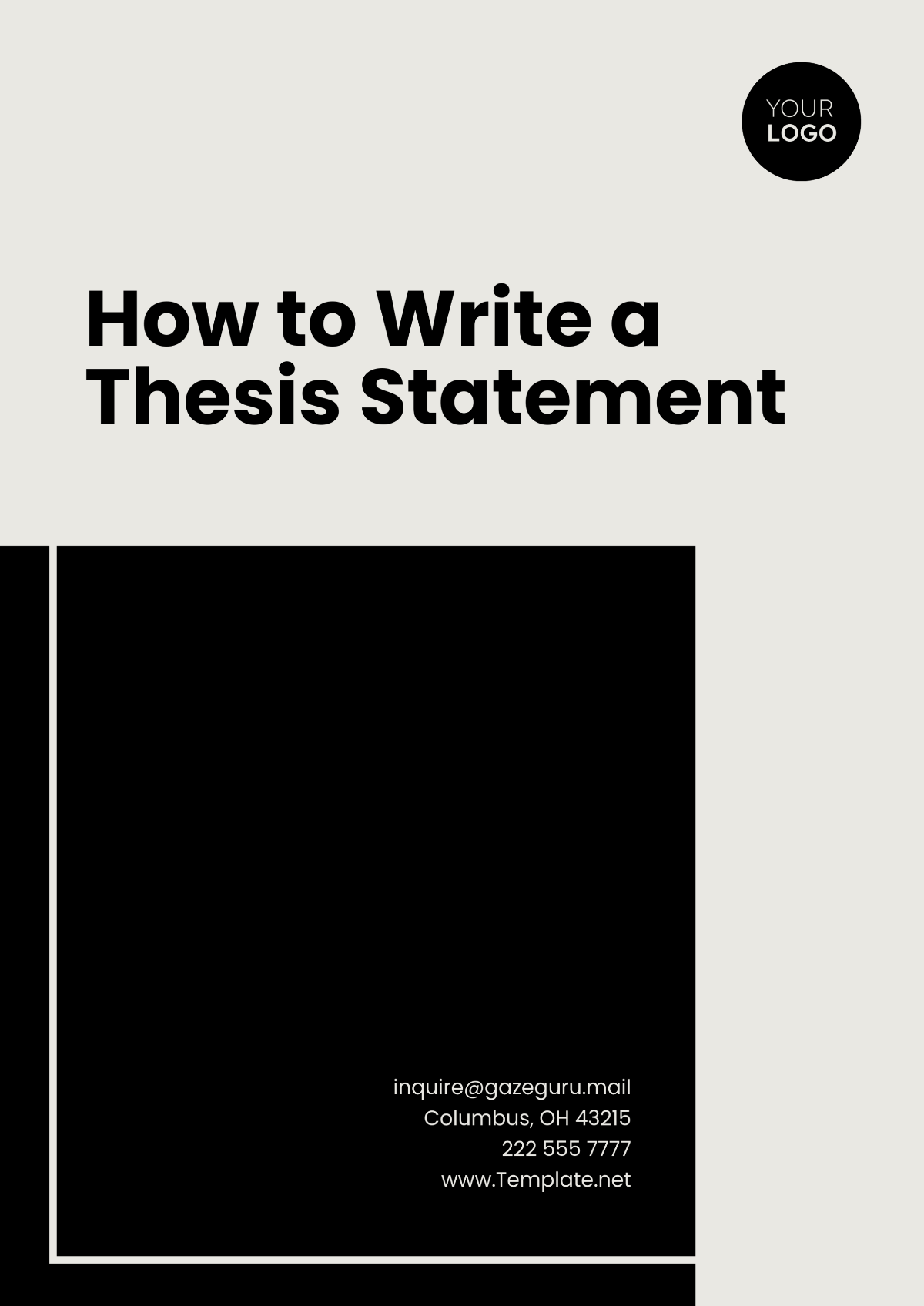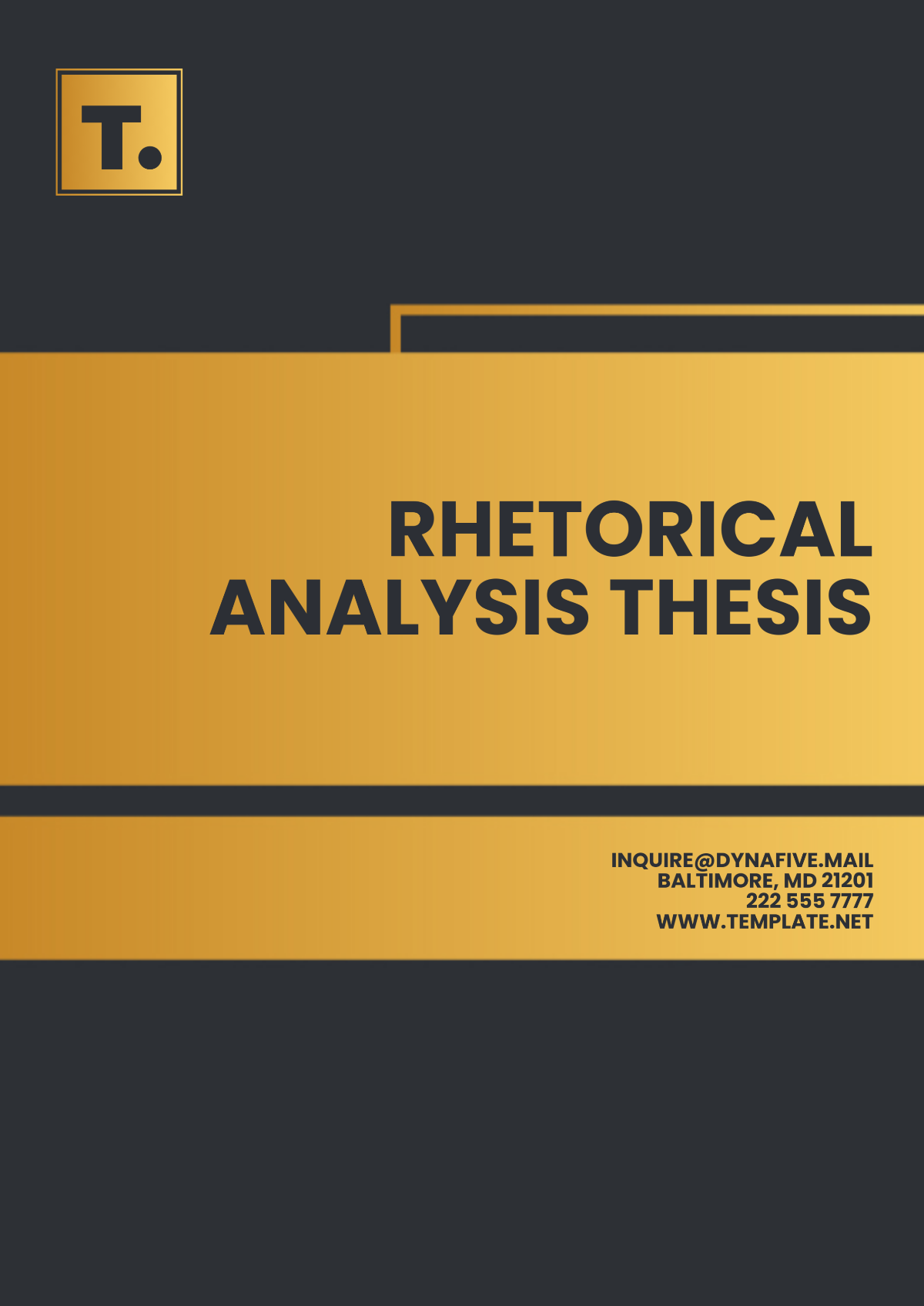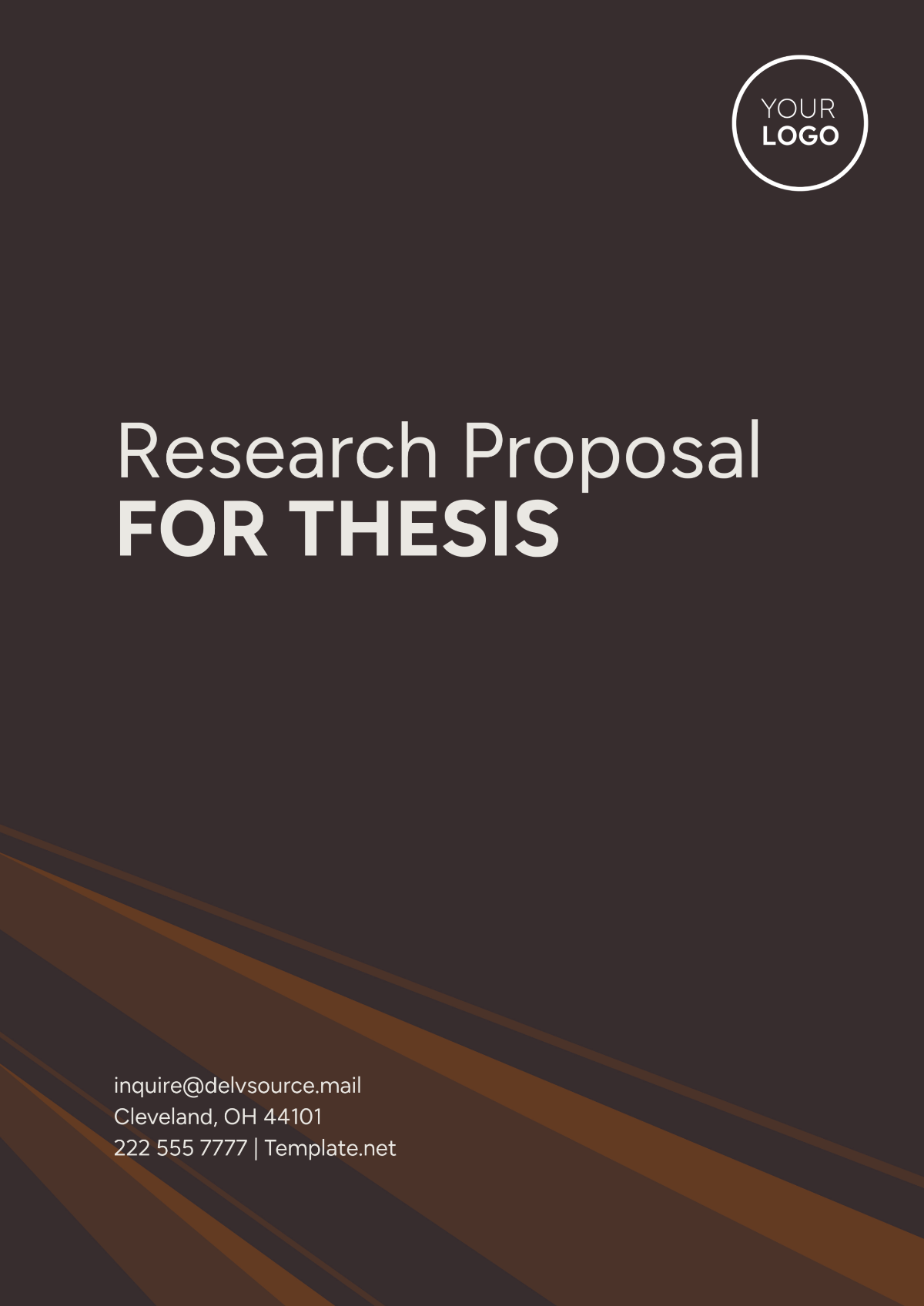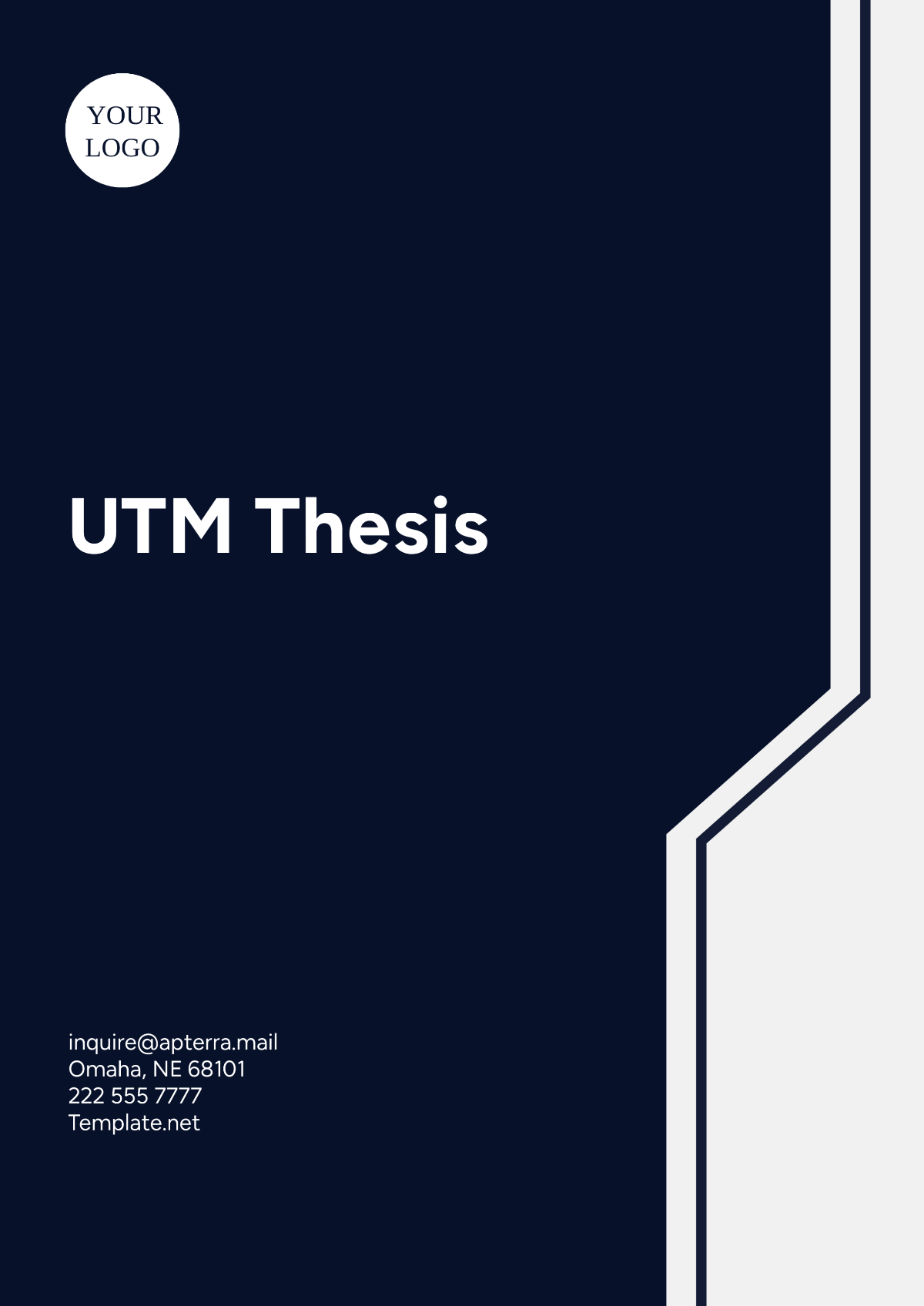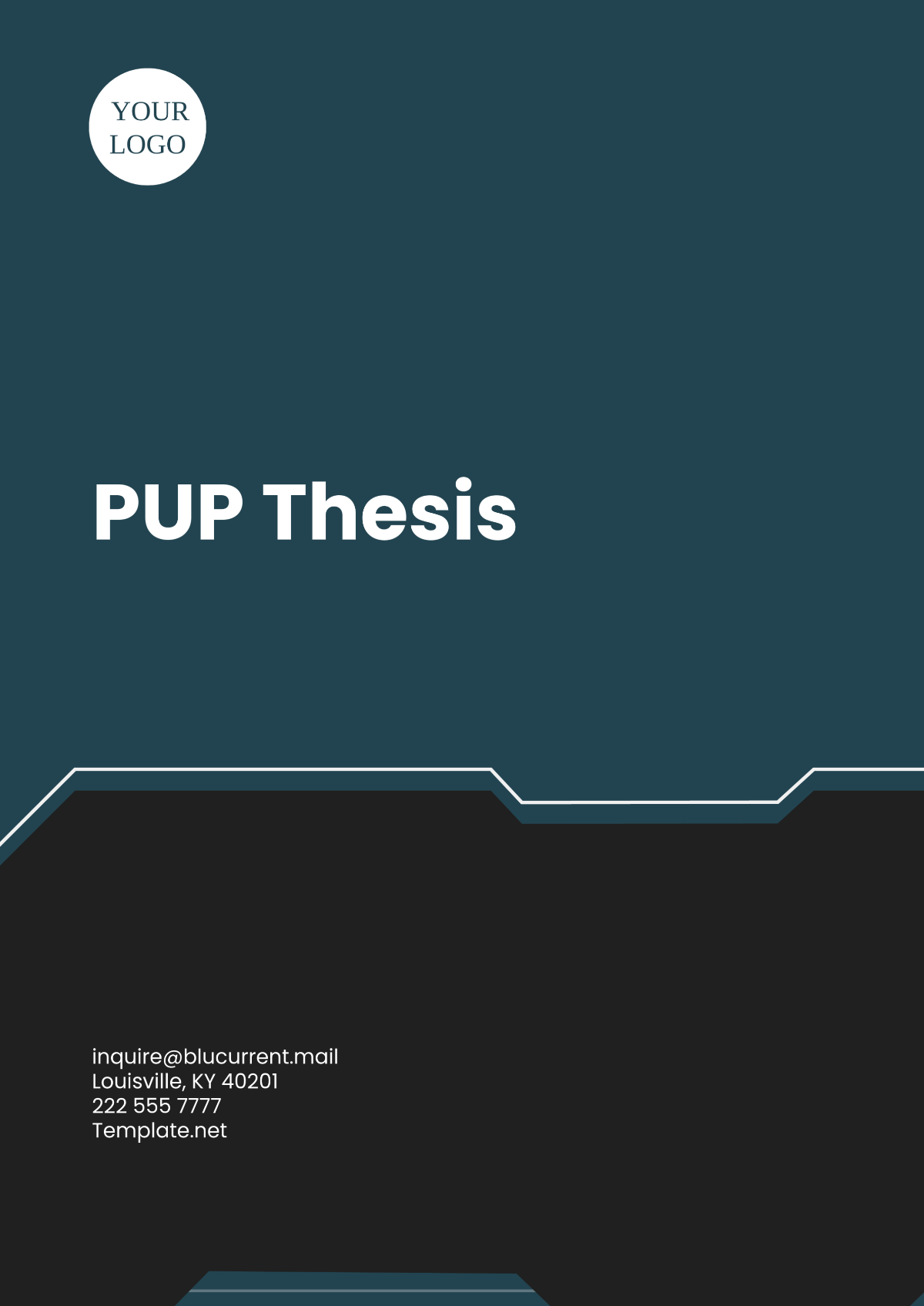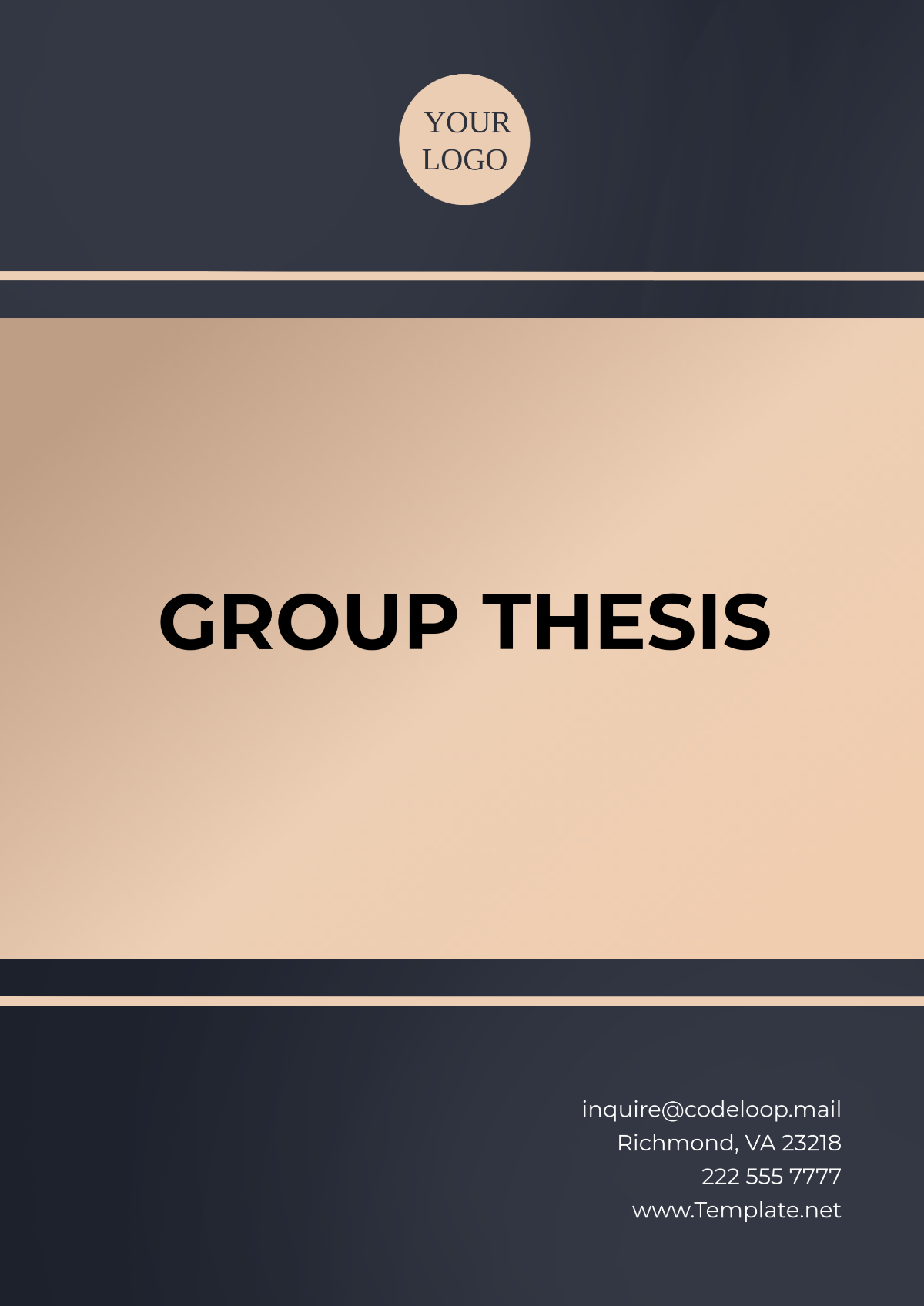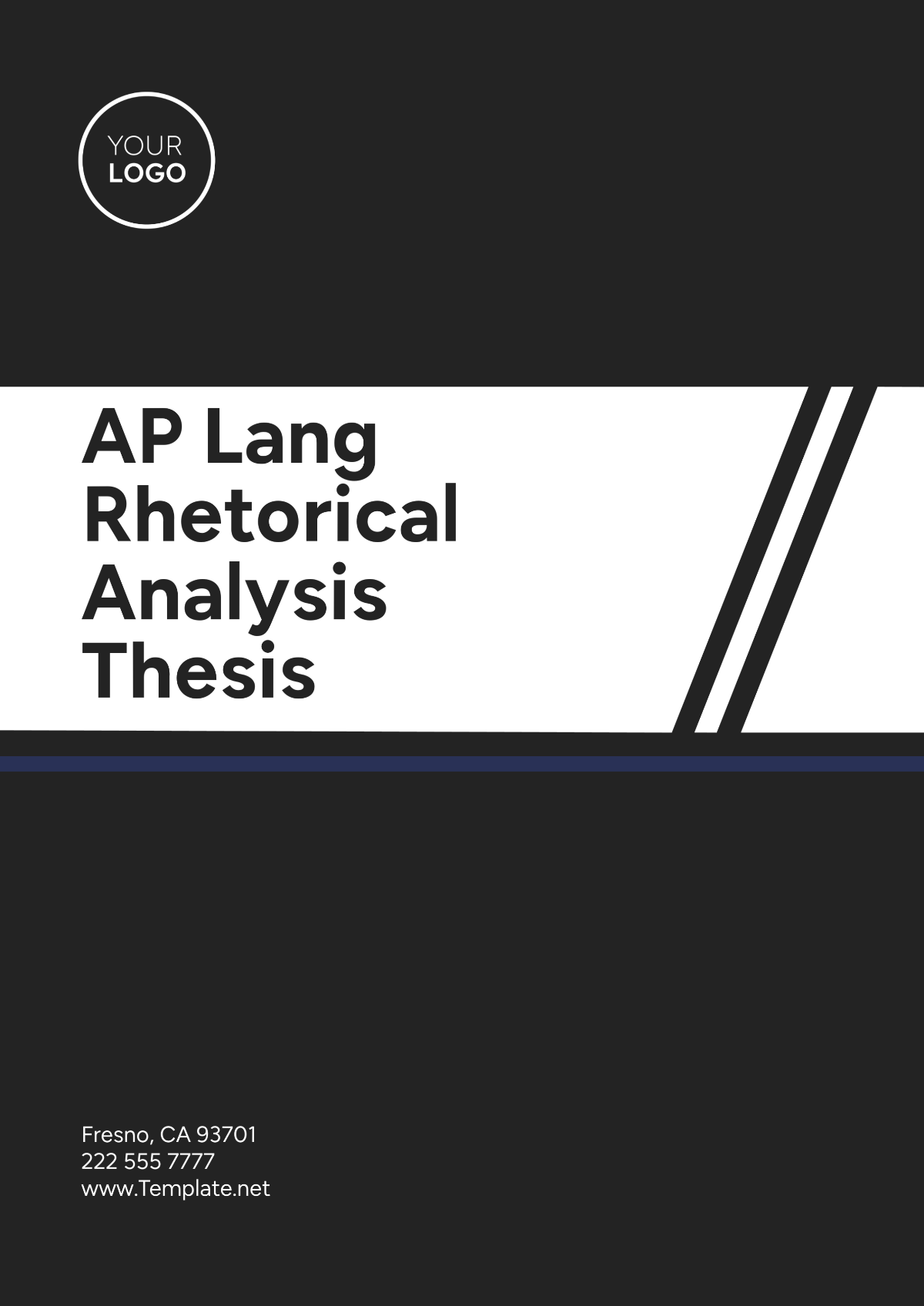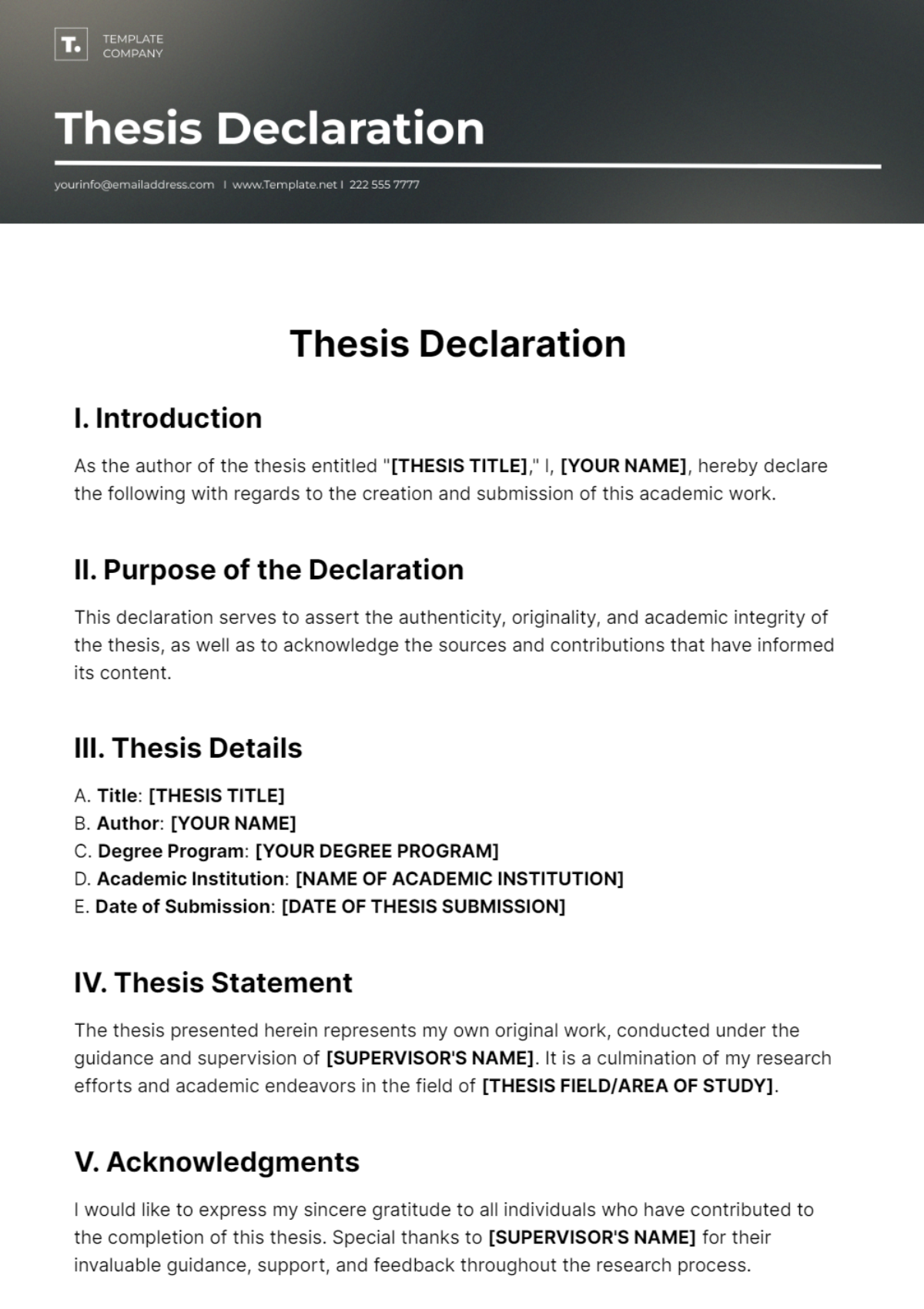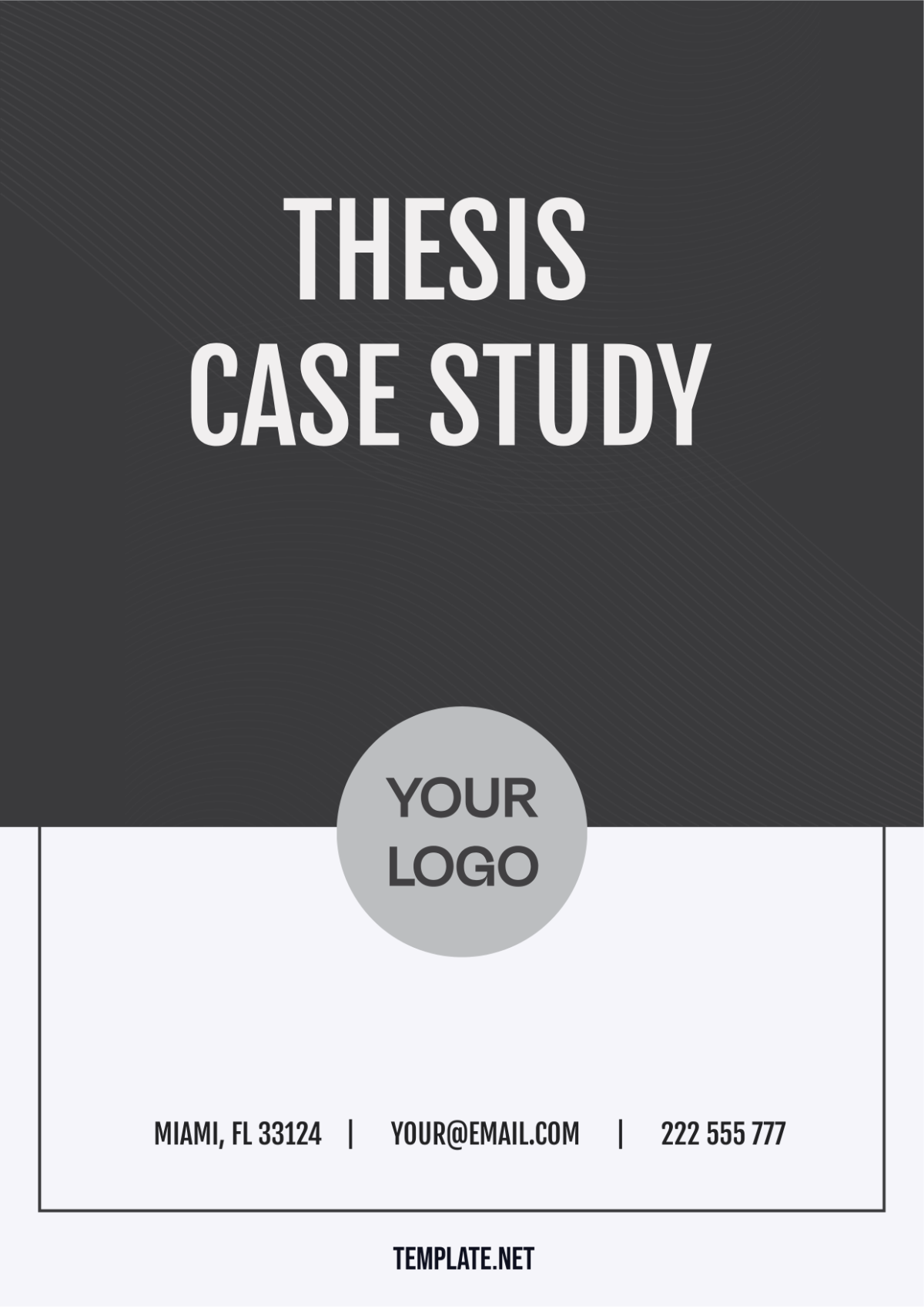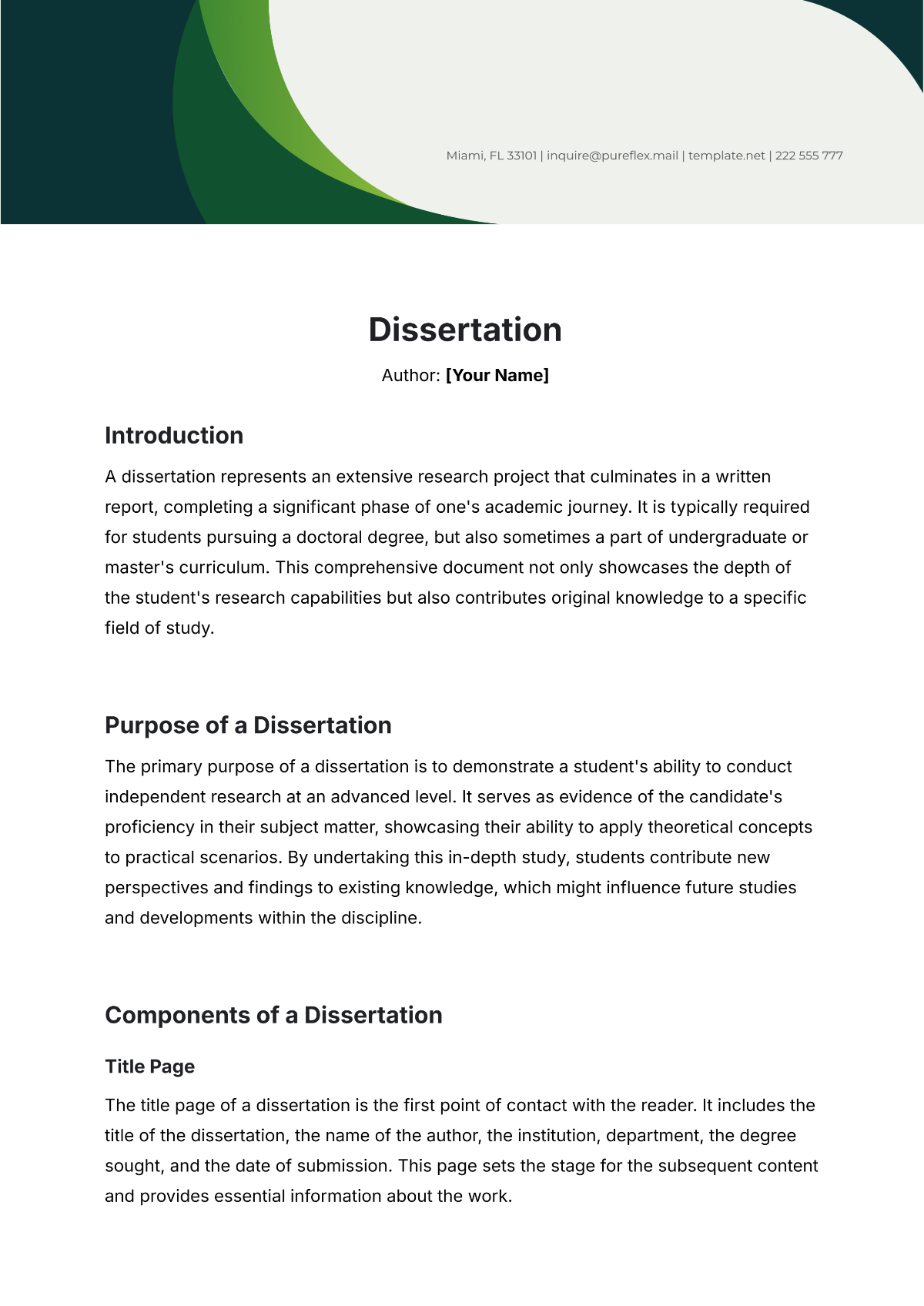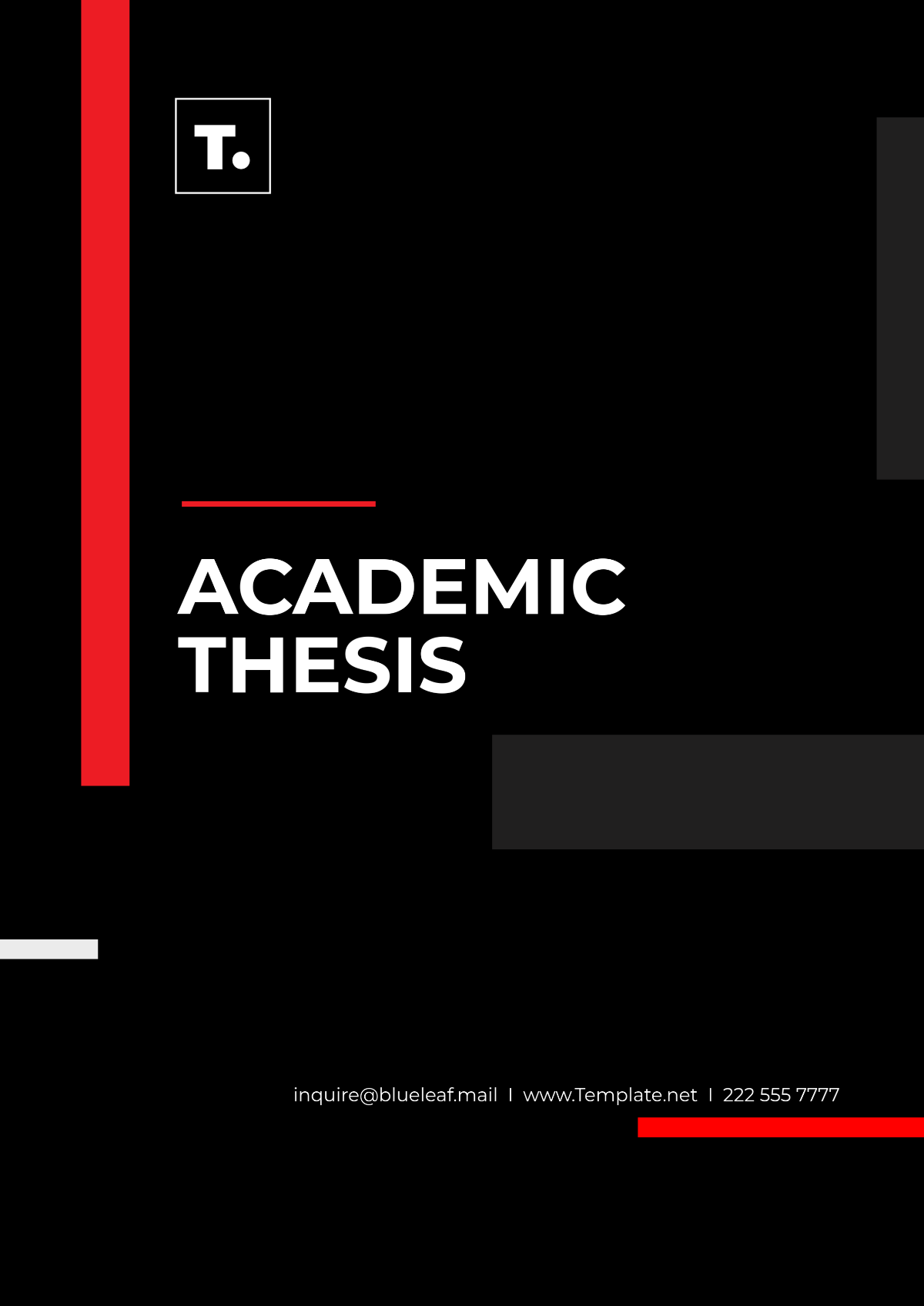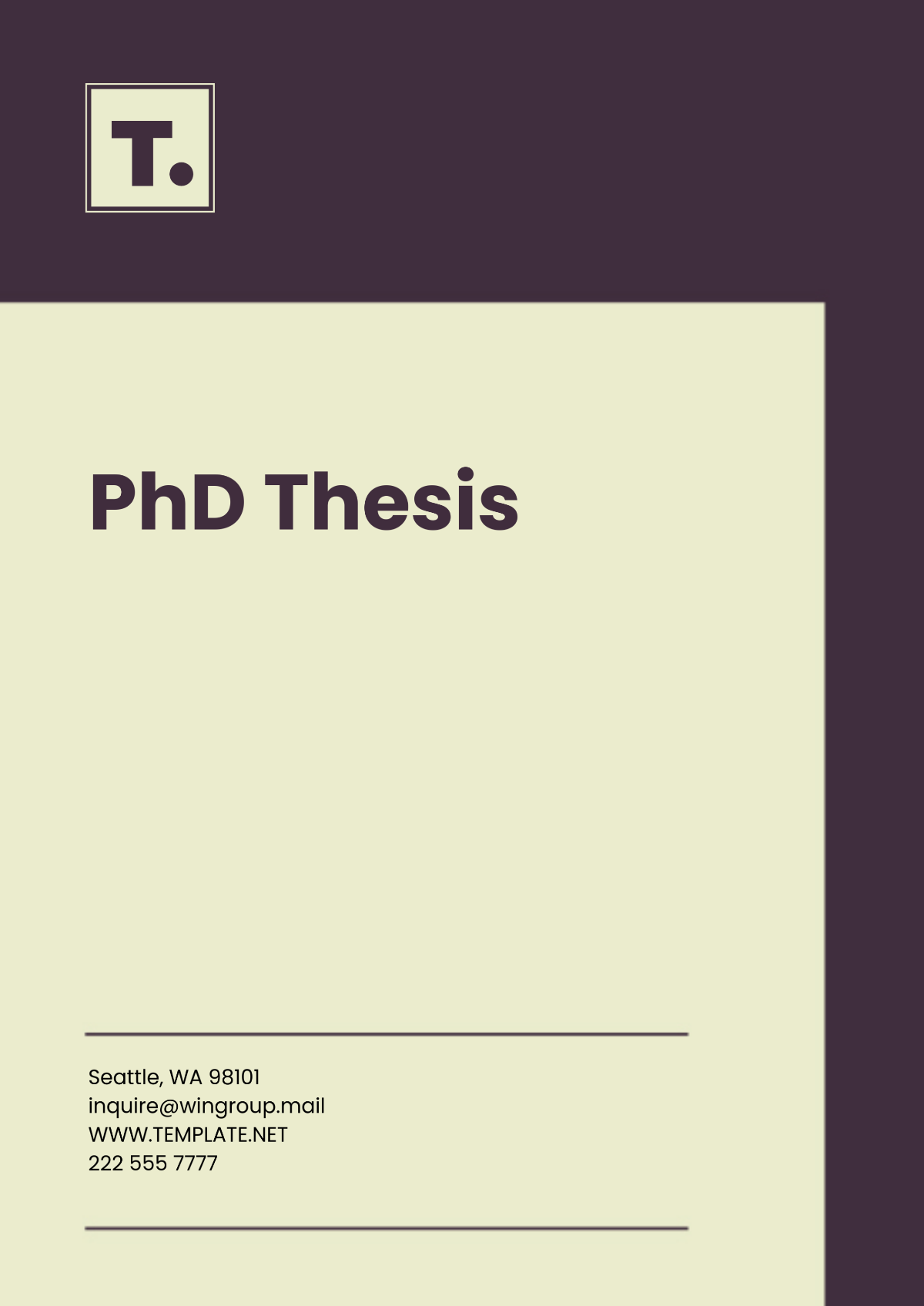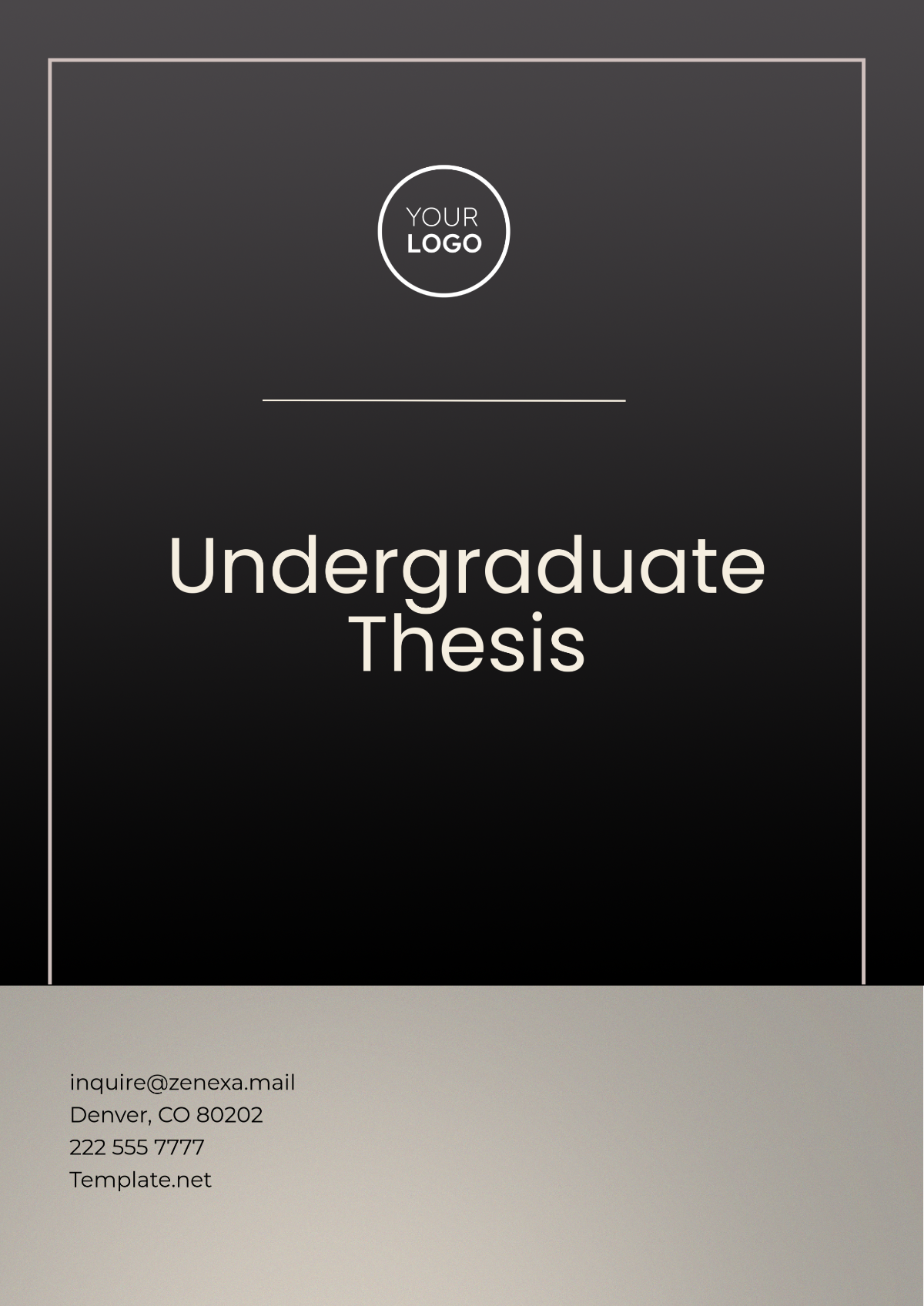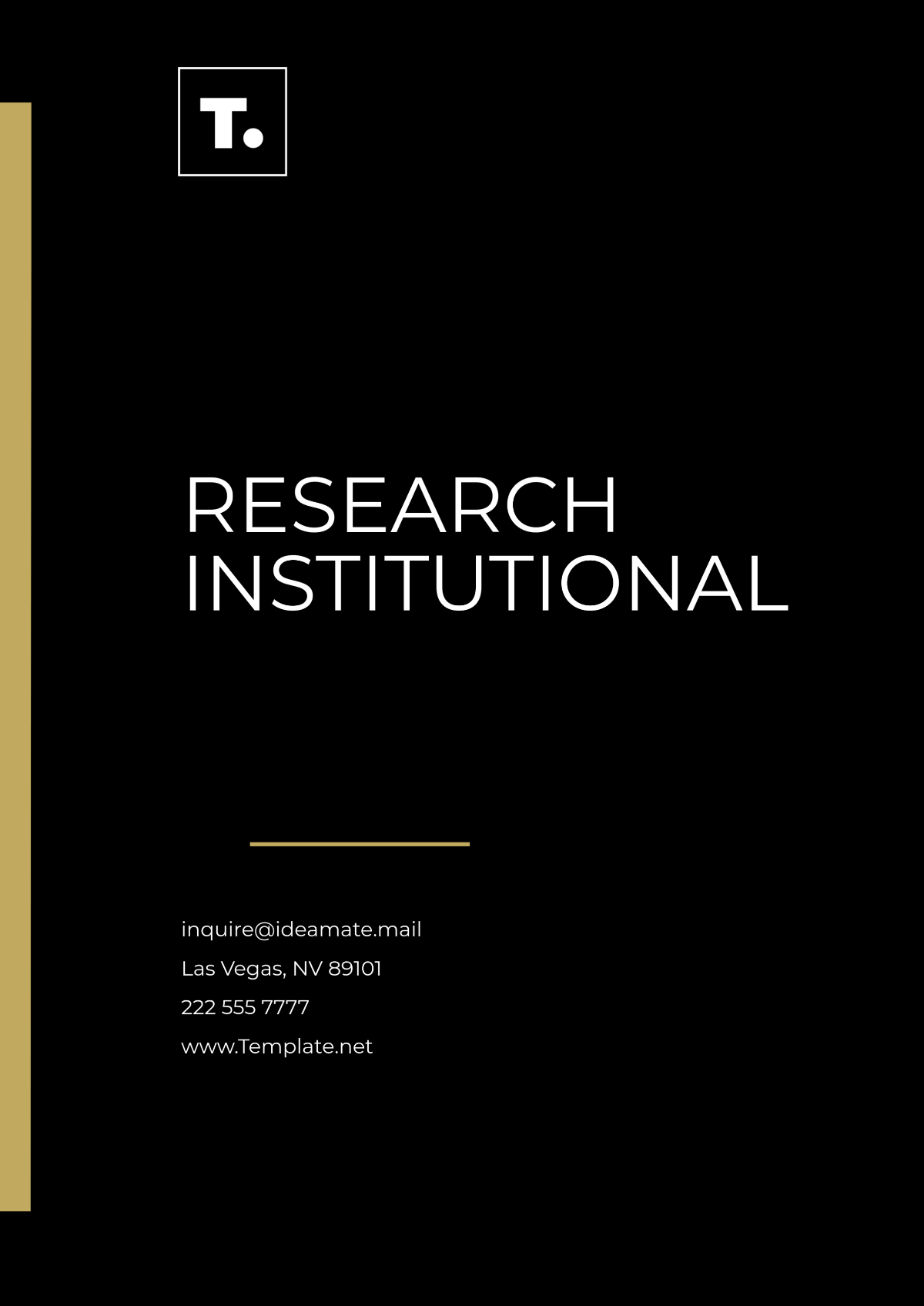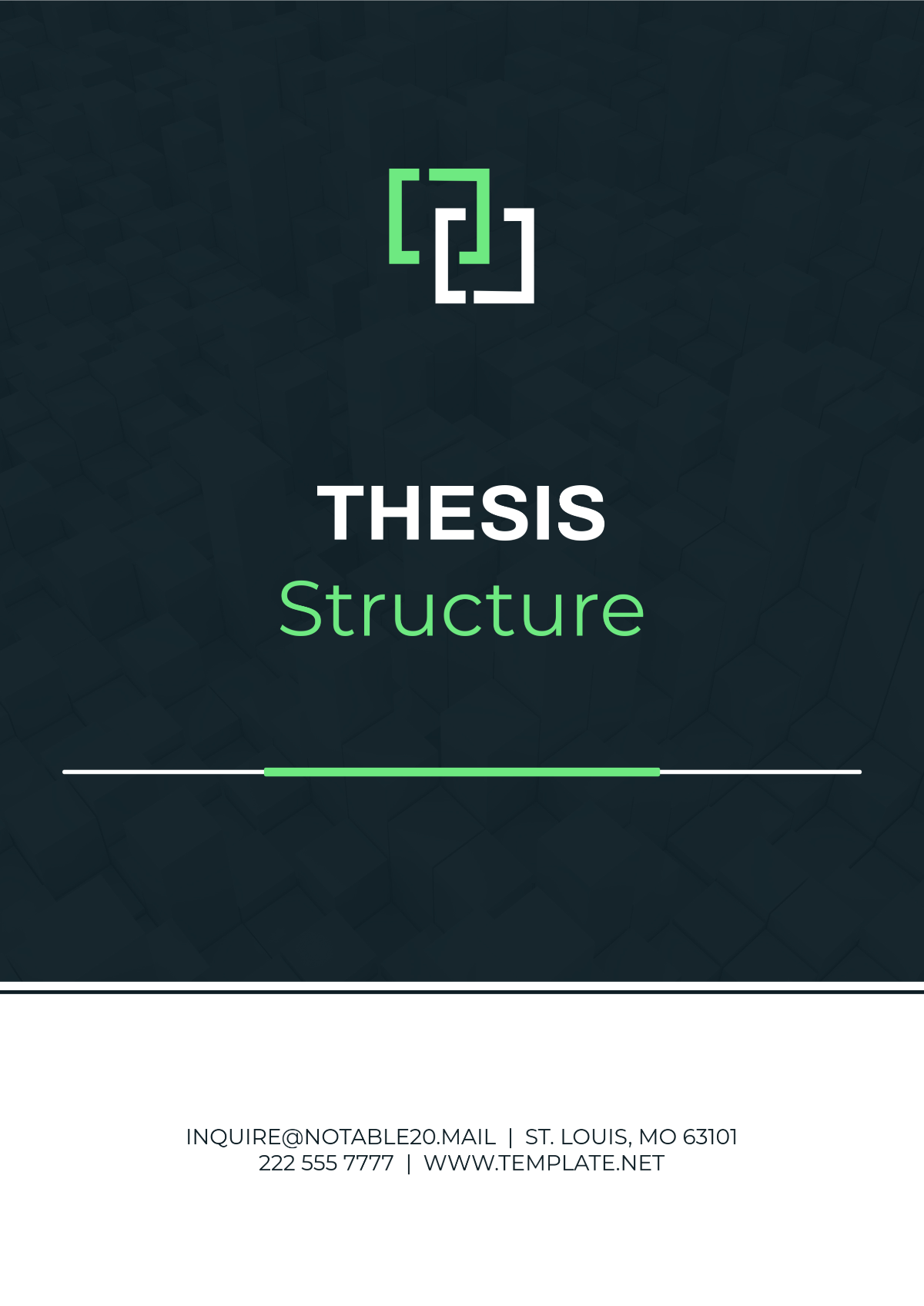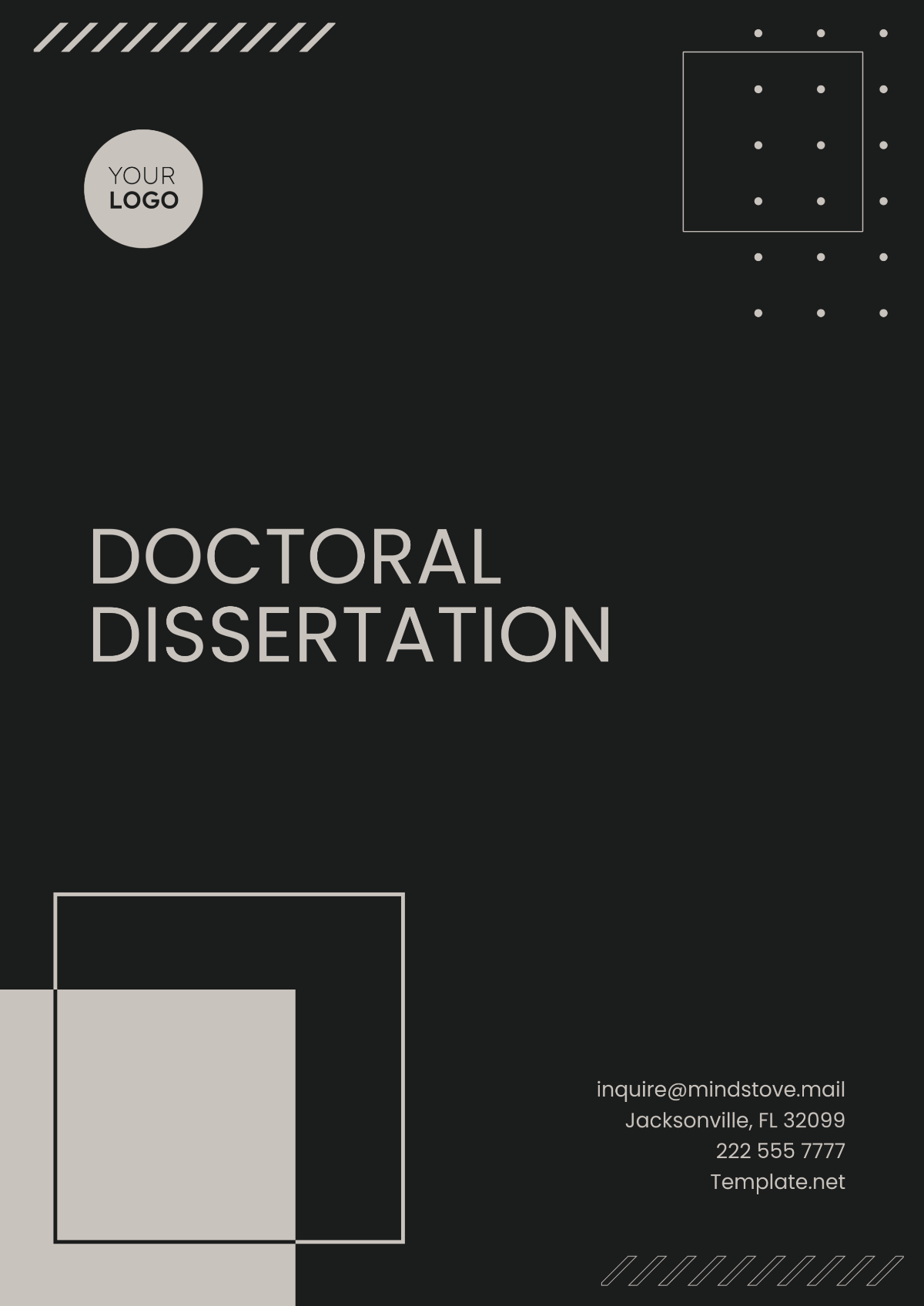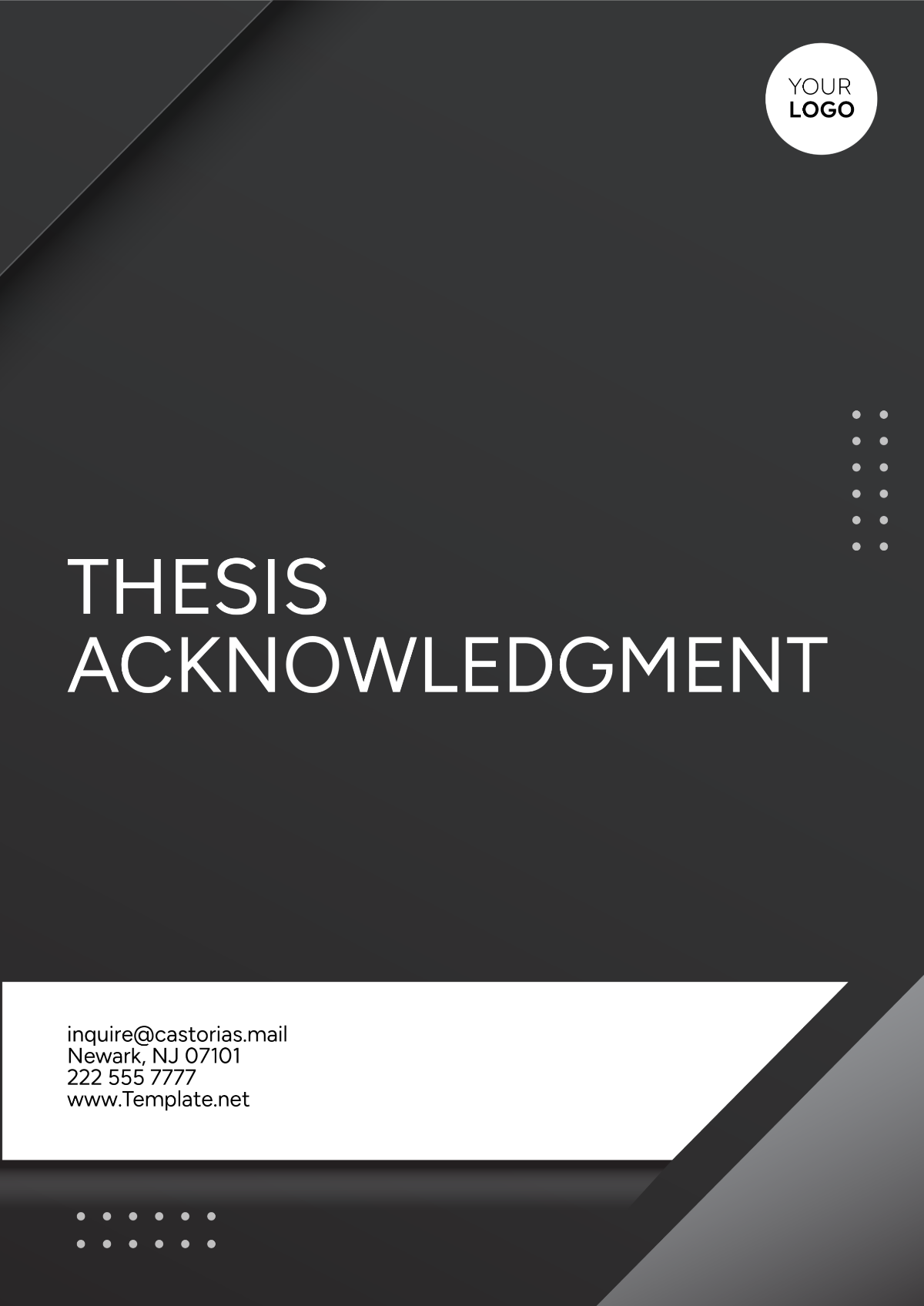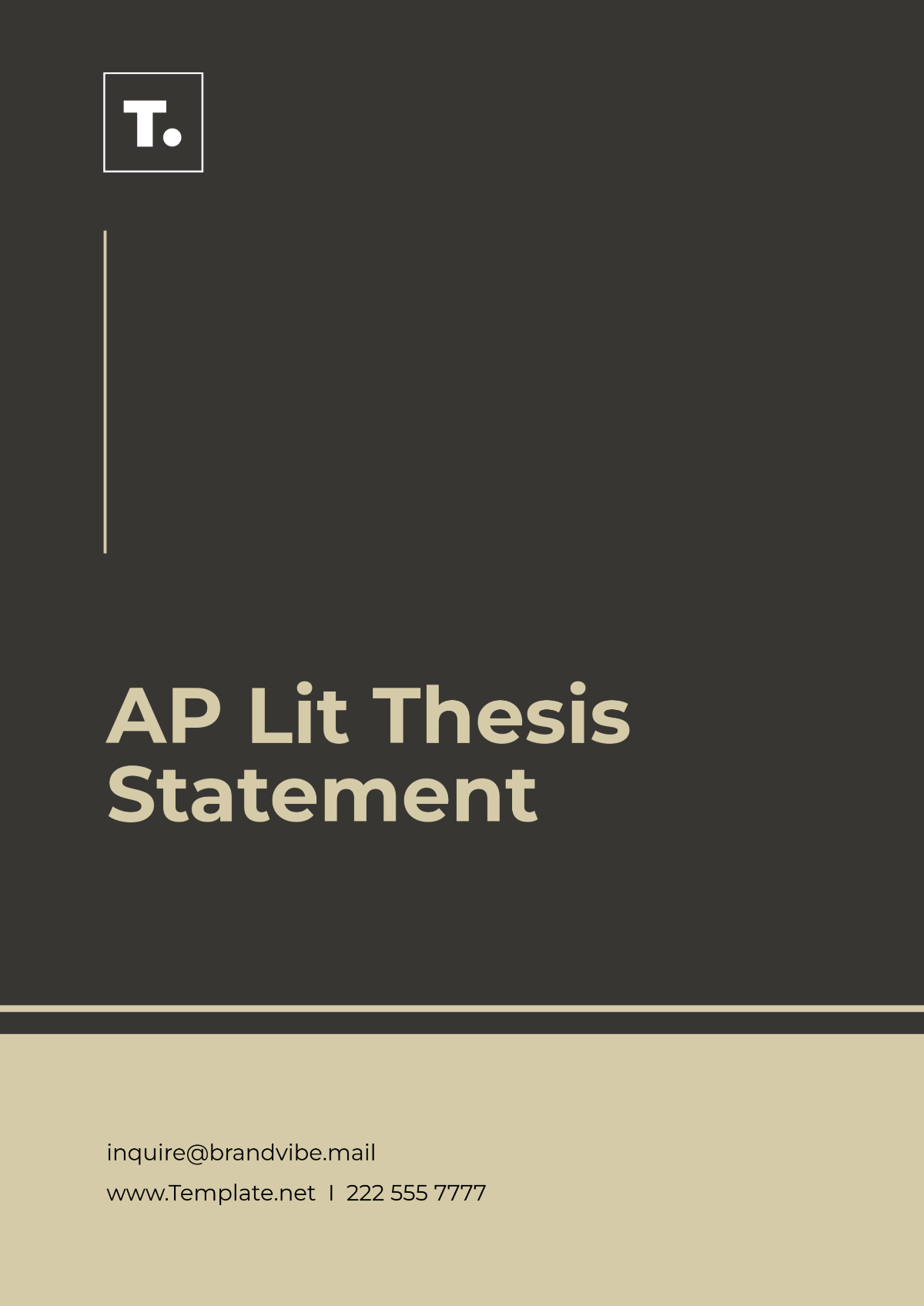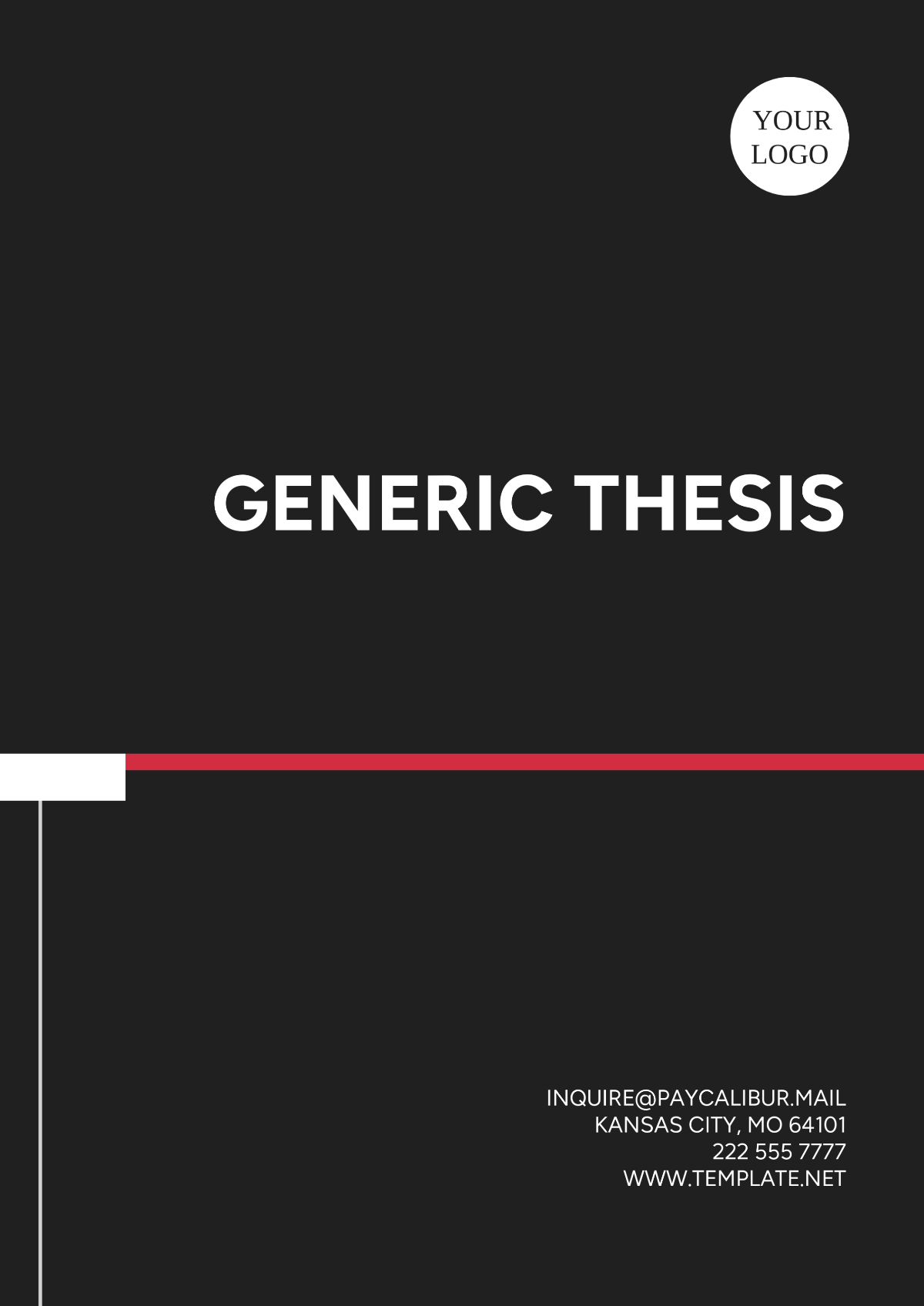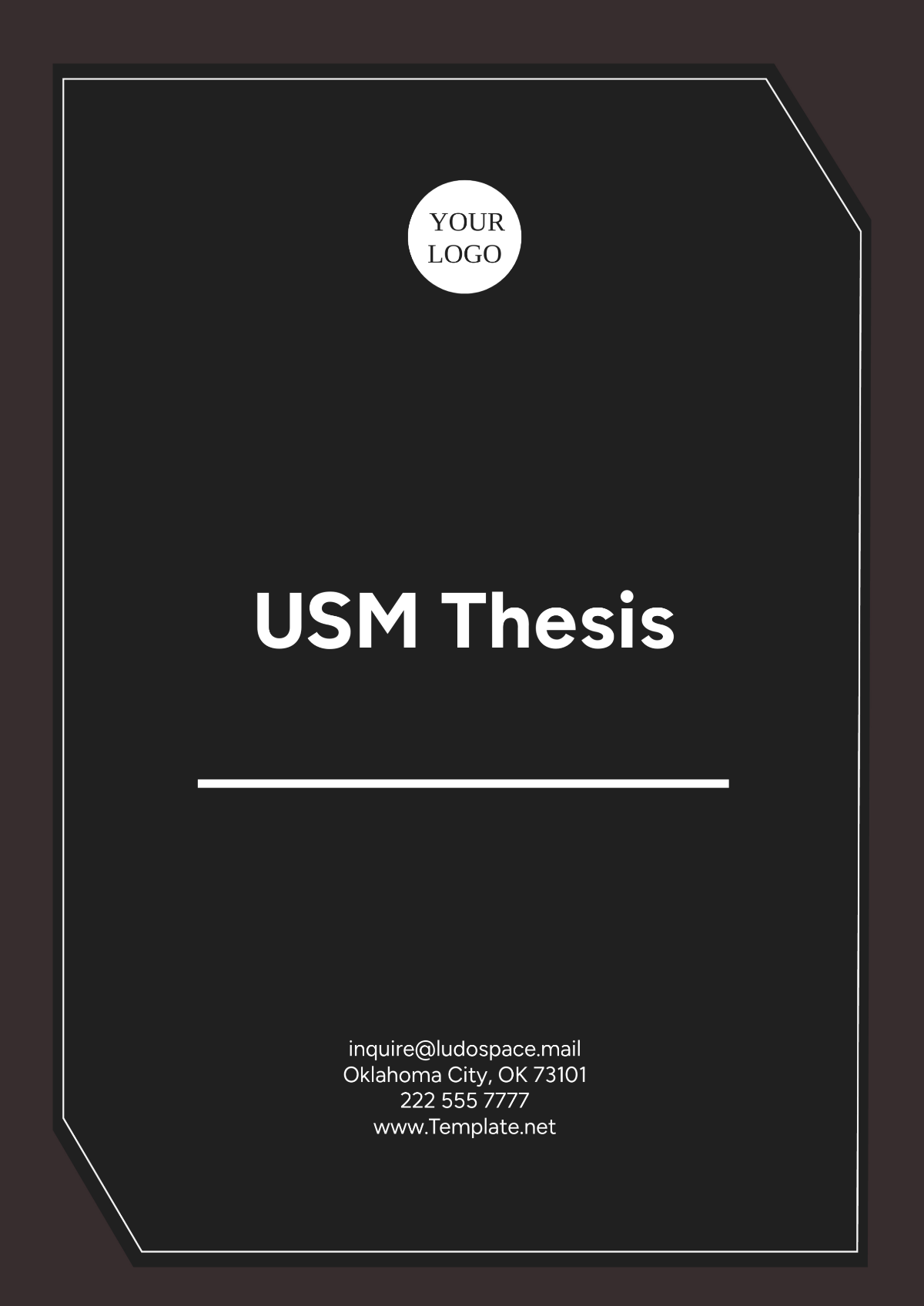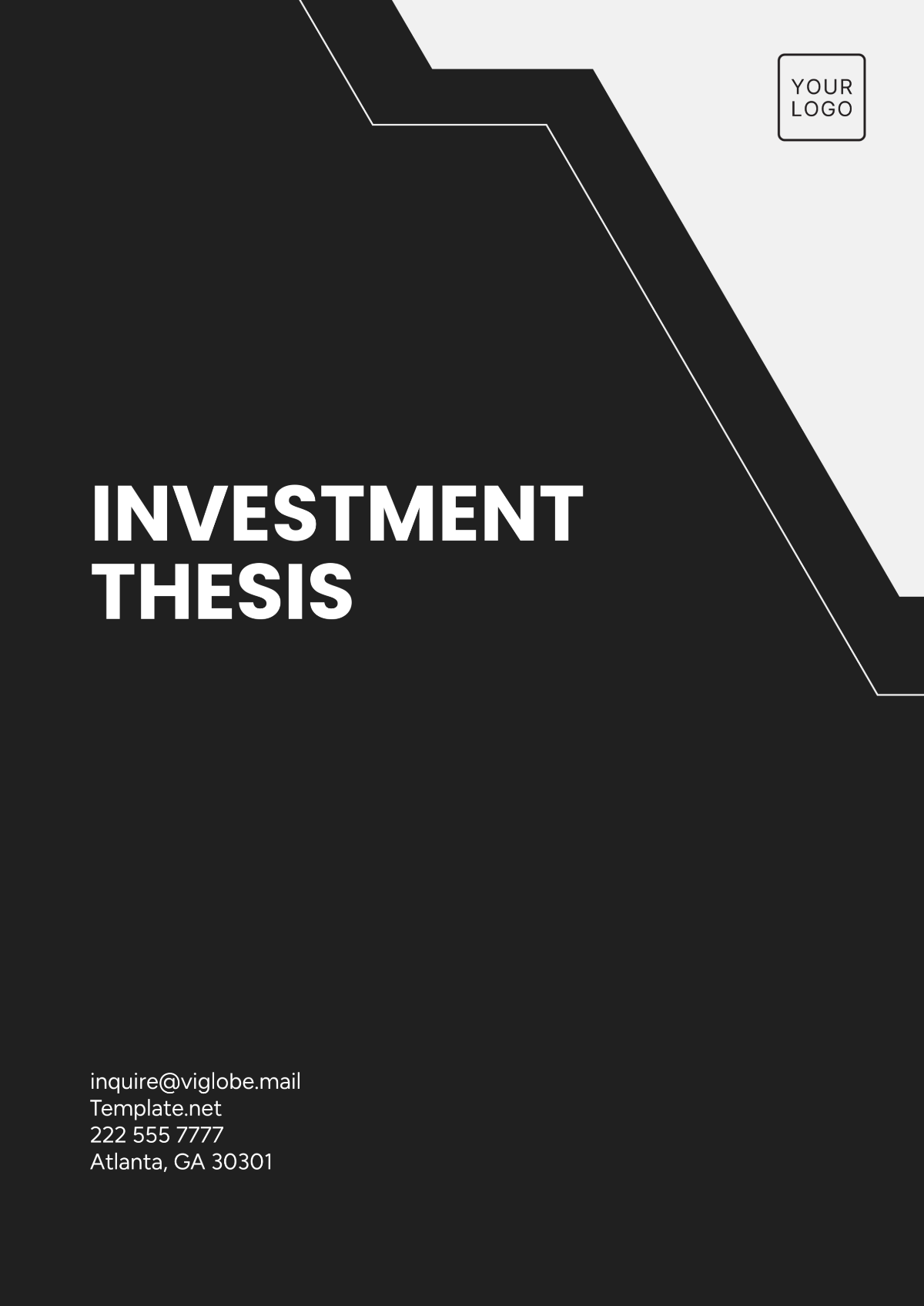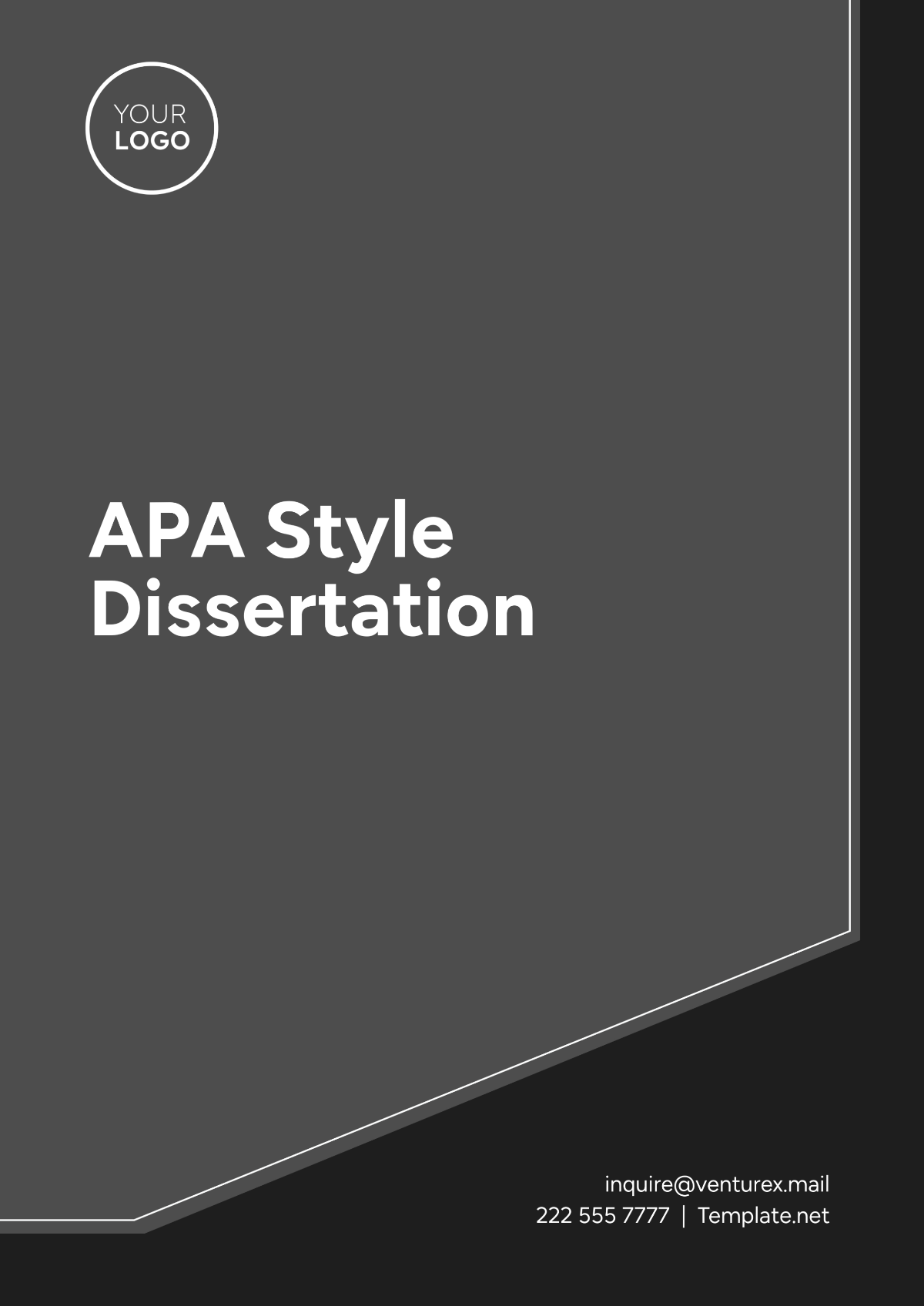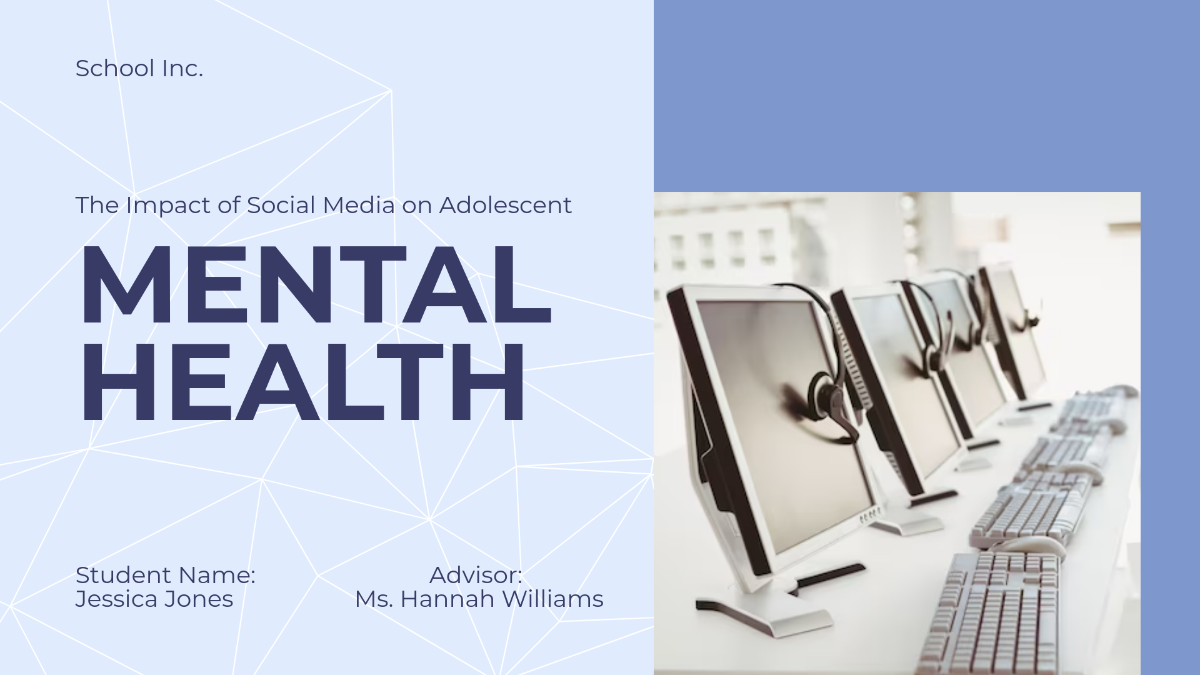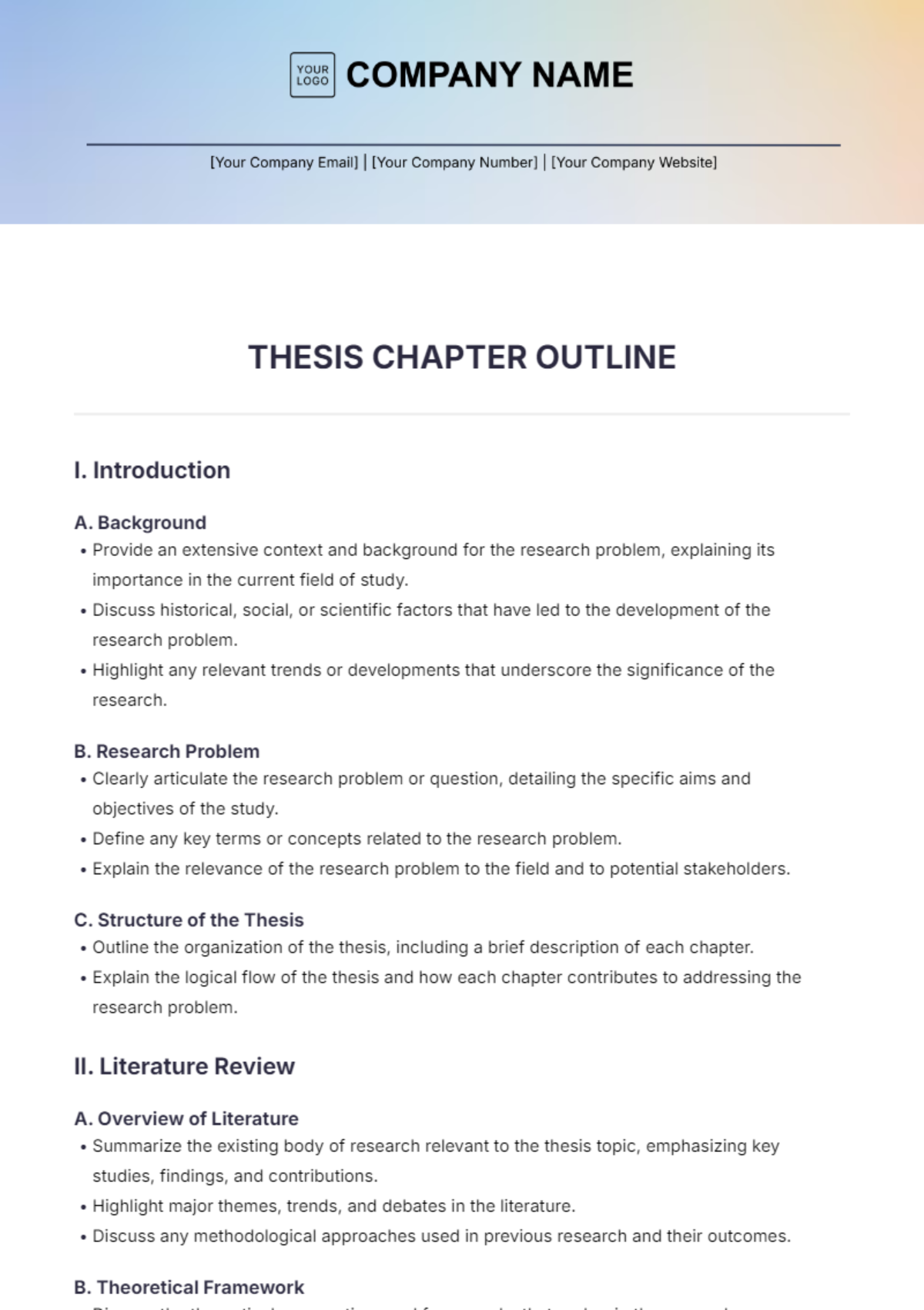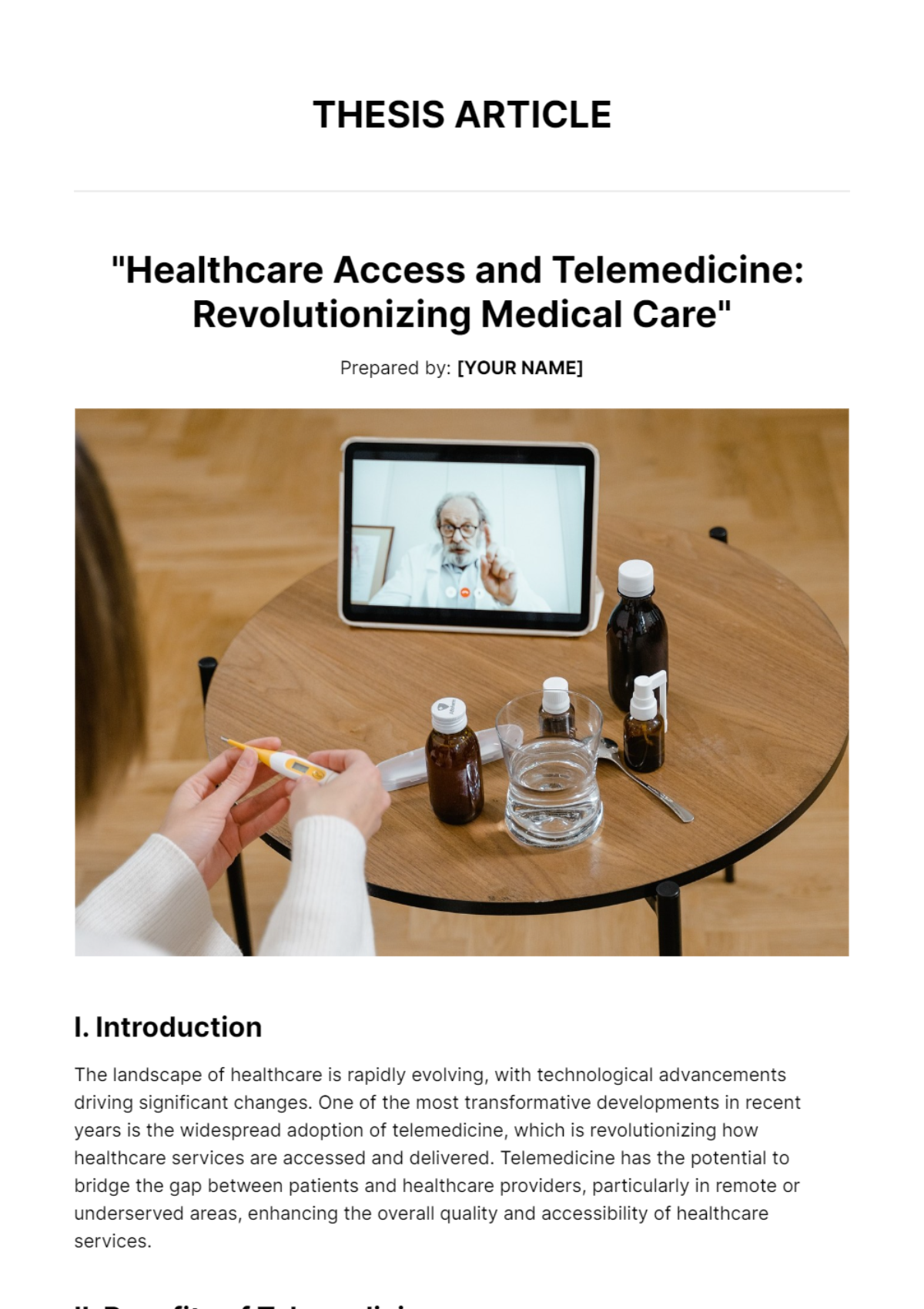Free MLA Thesis Template
MLA Thesis
Prepared by: [YOUR NAME]
Email: [YOUR EMAIL]
Introduction
This thesis explores how artificial intelligence (AI) is transforming literary criticism in the 21st century. Through a focused analysis of AI tools and their applications in text analysis, this research evaluates the implications for humanities scholarship and pedagogy.
I. Historical Background of Literary Criticism
Literary criticism has evolved from traditional close reading methods to incorporating digital humanities tools. Early critics like Aristotle and modern theorists such as Roland Barthes have laid the foundation for interpretative frameworks. By the 2050s, AI has accelerated this evolution by introducing automated textual analysis.
II. The Rise of Artificial Intelligence in Literary Studies
AI has entered the field of literary studies through platforms like Natural Language Processing (NLP) tools and predictive algorithms. For instance, GPT-7.5, launched on July 14, 2051, is capable of analyzing entire literary corpora in minutes, offering novel insights into themes and motifs. This advancement has led to debates regarding the role of human agency in literary interpretation.
III. Methodologies for Integrating AI in Literary Criticism
Modern AI tools enhance critical methodologies by combining traditional analysis with machine learning. Below is an example table showing common AI tools and their applications:
Tool Name | Launch Date | Primary Function | Example Use Case | Developer |
|---|---|---|---|---|
GPT-7.5 | July 14, 2051 | Text Analysis | Identifying thematic patterns | [YOUR COMPANY NAME] |
LitMiner AI | March 3, 2052 | Historical Context Analysis | Mapping historical allusions | BluWave |
SymbolTrack | November 8, 2053 | Symbol Analysis | Tracing recurring motifs | QuickSync |
VerseVision | April 27, 2055 | Poetic Structure Analysis | Analyzing meter and rhyme schemes | ZooMoco |
PlotPredict | January 15, 2056 | Narrative Trends | Predicting plot outcomes | ThinkLight |
IV. Ethical Considerations in AI-Assisted Criticism
While AI tools offer efficiency, they raise ethical concerns. Issues include the potential for plagiarism, over-reliance on algorithms, and reduced critical engagement. For example, in a 2053 study, 68% of graduate students reported excessive dependence on AI-generated analyses, risking originality in academic work.
V. Case Studies of AI in Action
This section examines notable case studies, such as the analysis of Virginia Woolf’s To the Lighthouse using LitMiner AI. On December 1, 2054, researchers discovered overlooked intertextual references to Shakespeare, demonstrating AI’s capacity to uncover hidden layers of meaning.
VI. Impacts on Pedagogy and Curriculum Design
AI has revolutionized how literary theory is taught. By June 2052, universities globally had integrated SymbolTrack into their syllabi, allowing students to engage with texts dynamically. However, educators have raised concerns about balancing AI tools with traditional close reading techniques.
VII. Future Directions for AI and Literary Criticism
Looking forward, AI’s role in literary criticism is expected to expand further. By 2057, predictive algorithms may not only analyze texts but also propose alternate interpretations, shifting the boundaries of human creativity.
VIII. Conclusion
Artificial intelligence has become an indispensable tool in literary criticism, reshaping the field while posing challenges to traditional methodologies. Balancing innovation and ethics will determine the future of AI in humanities research.
